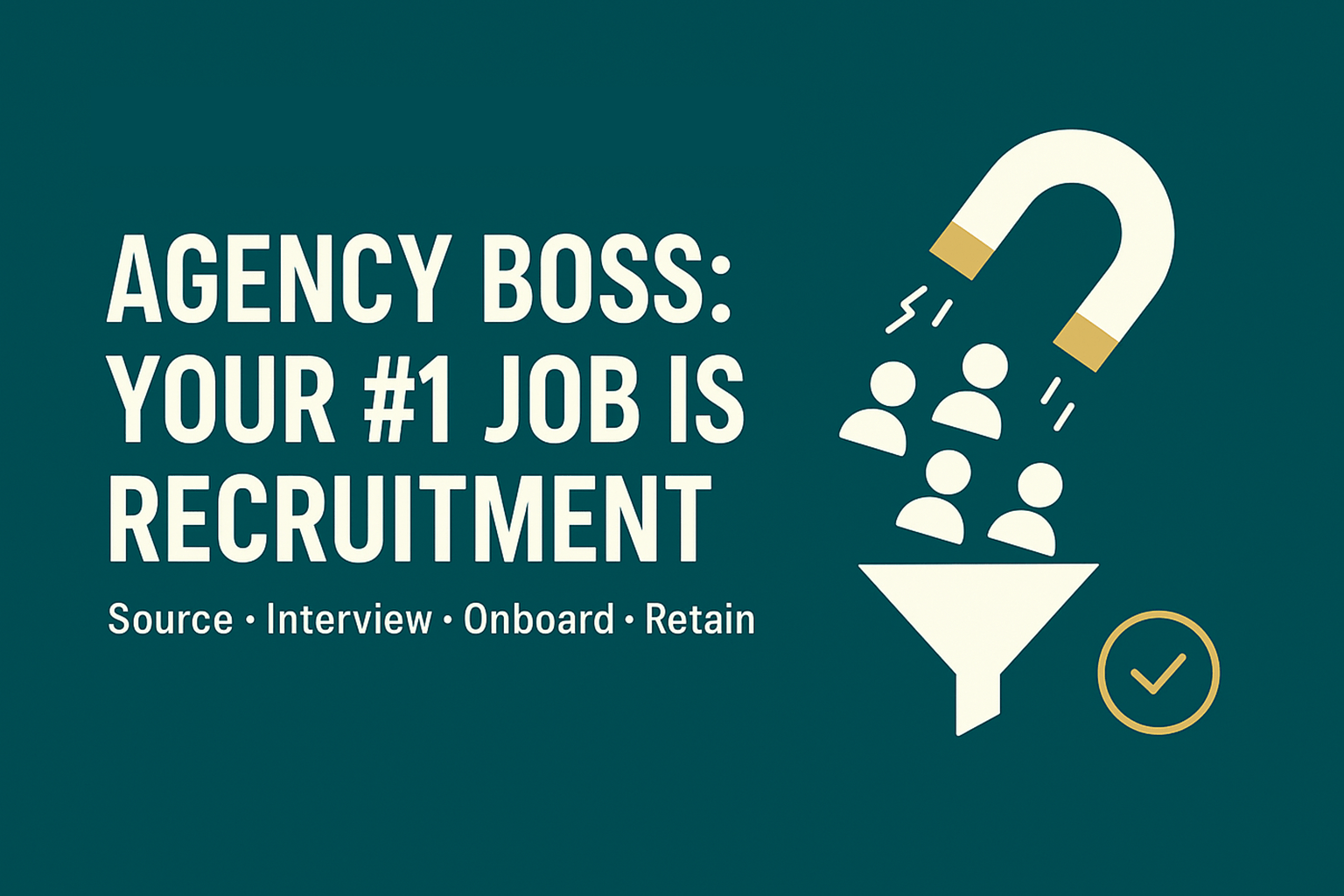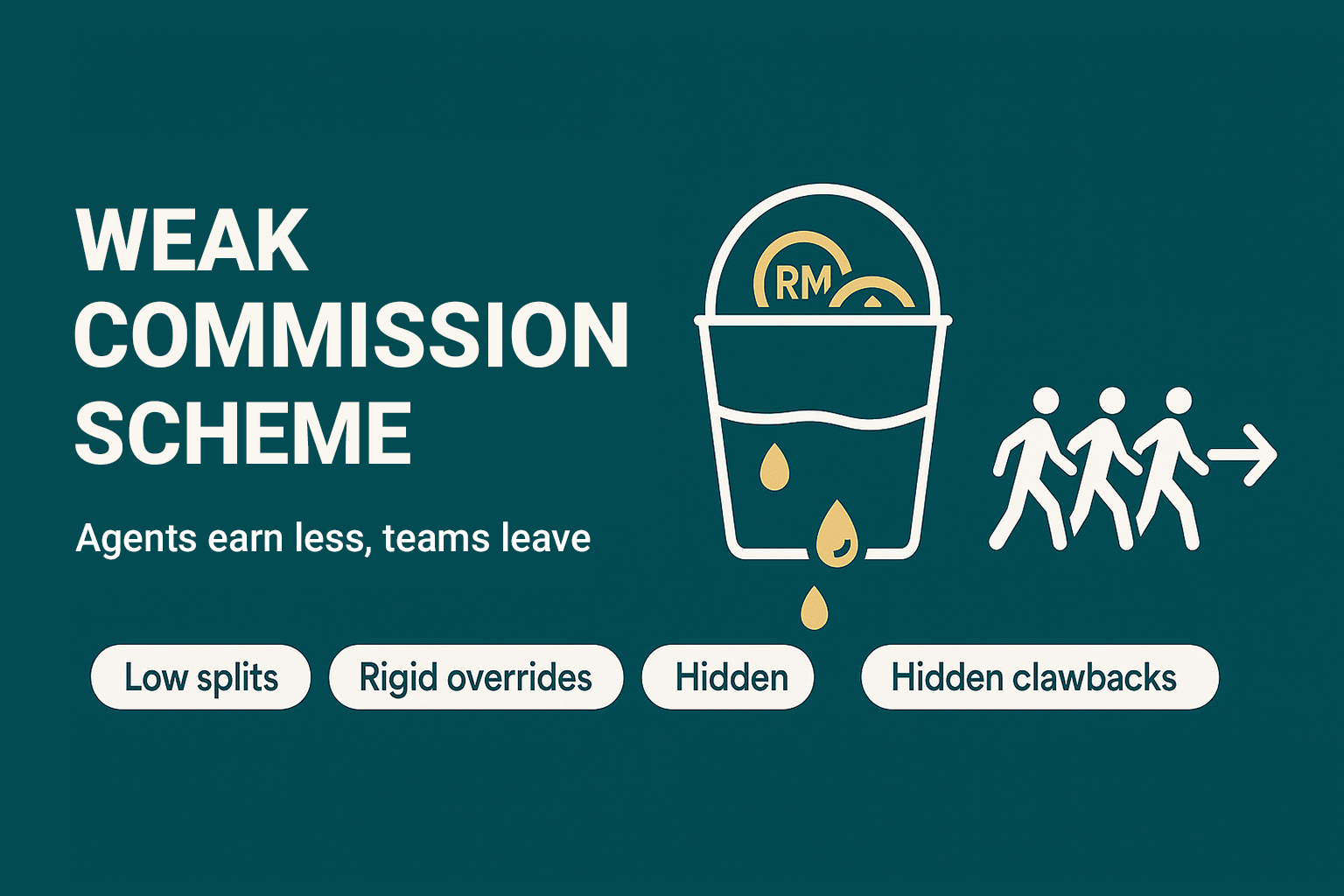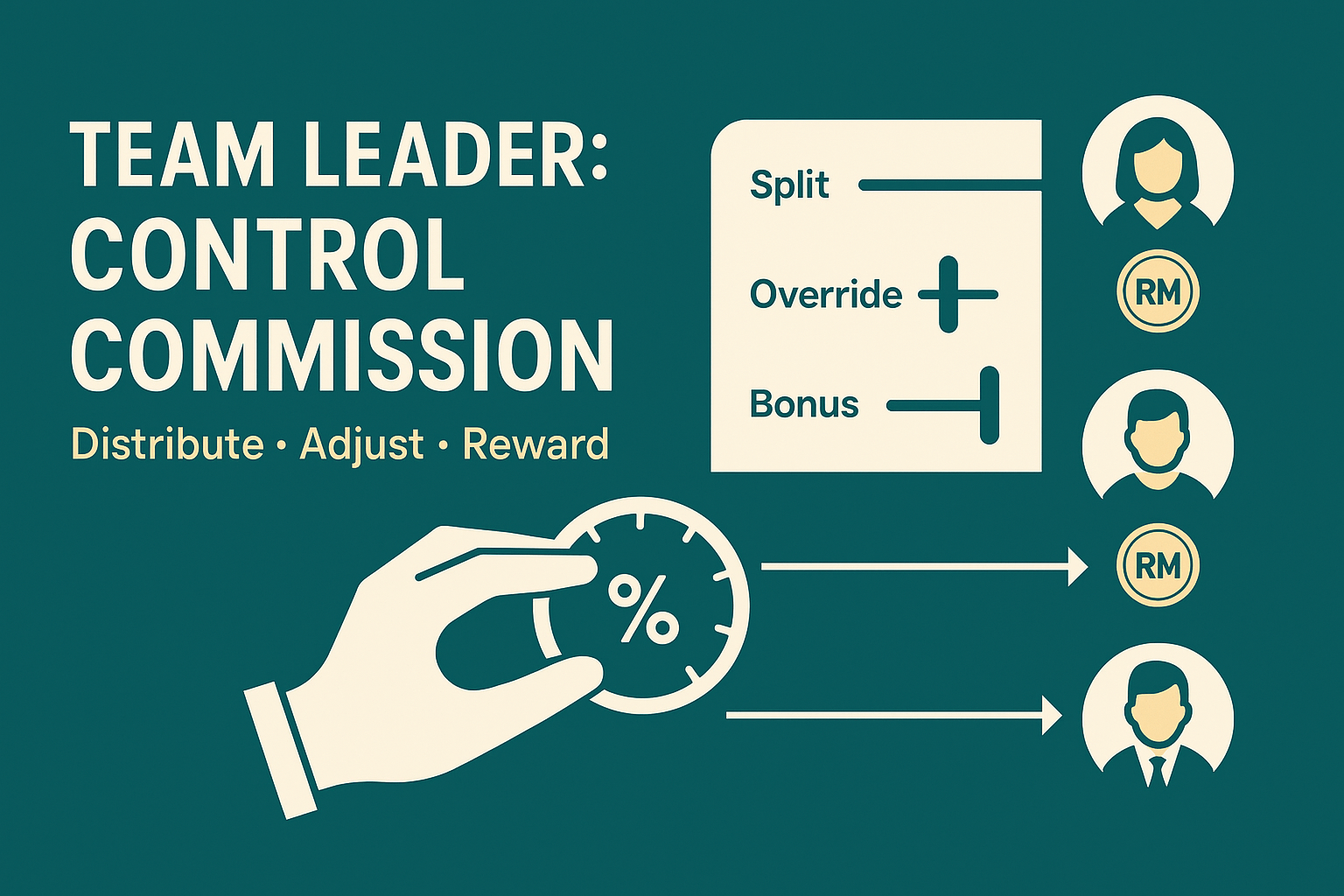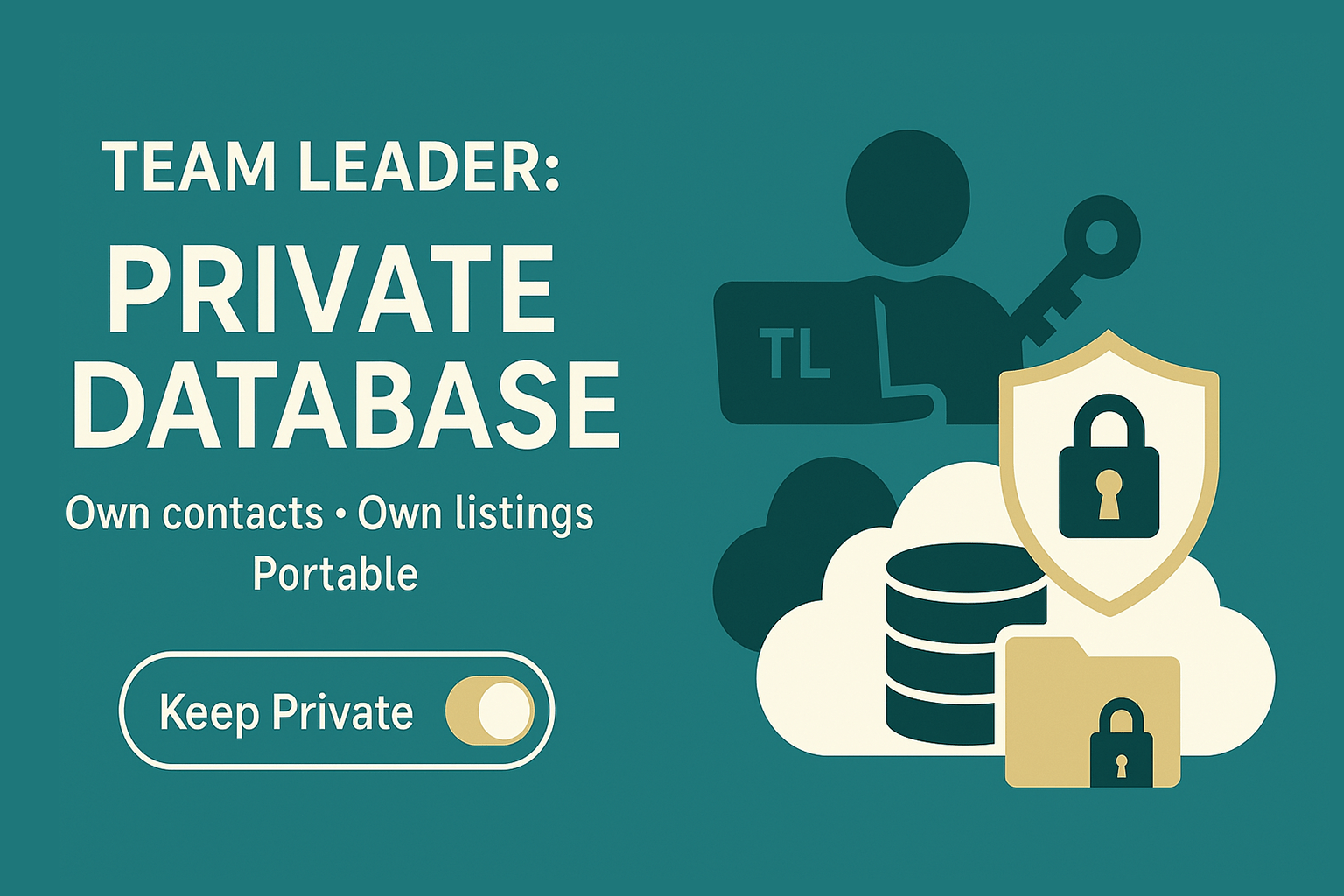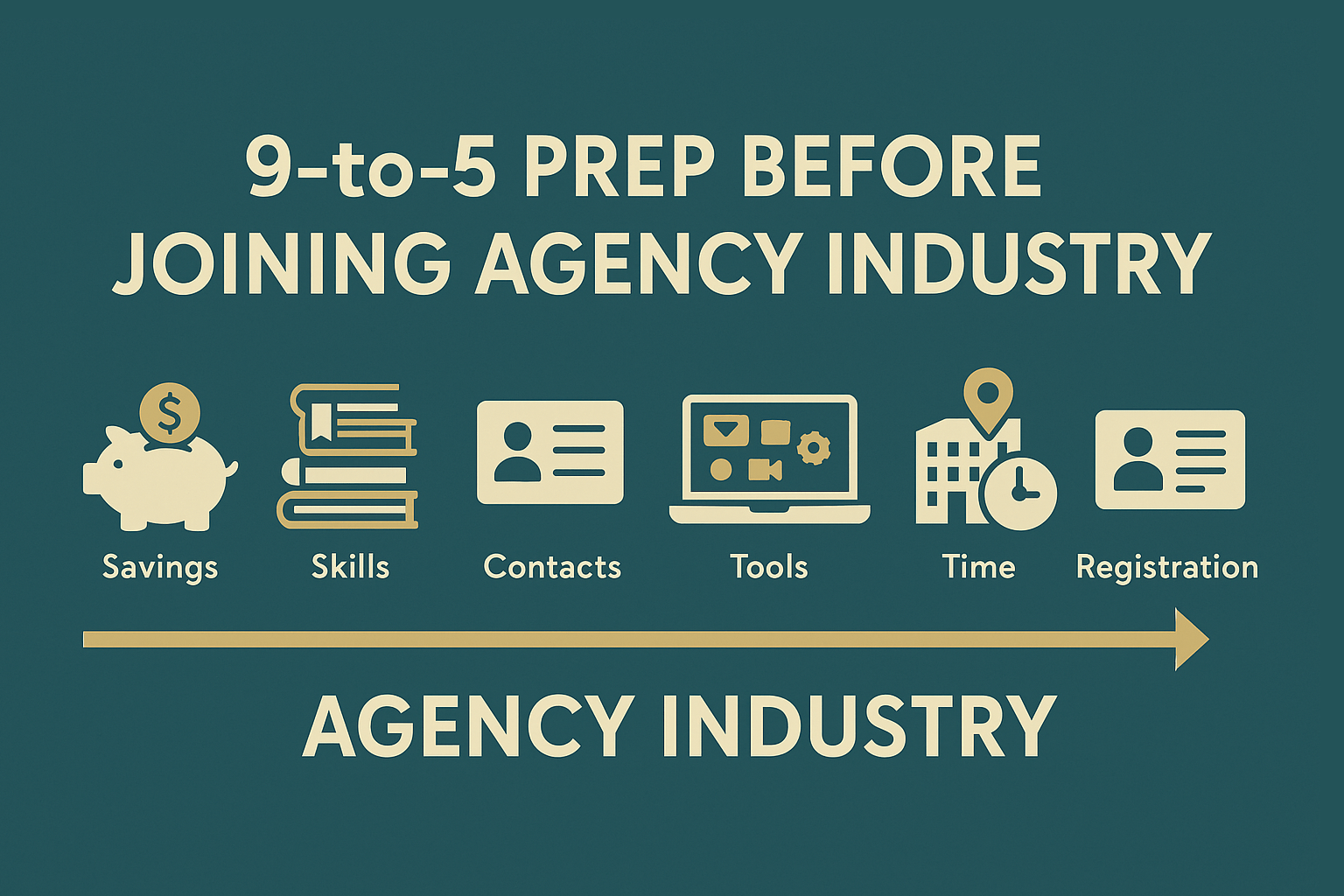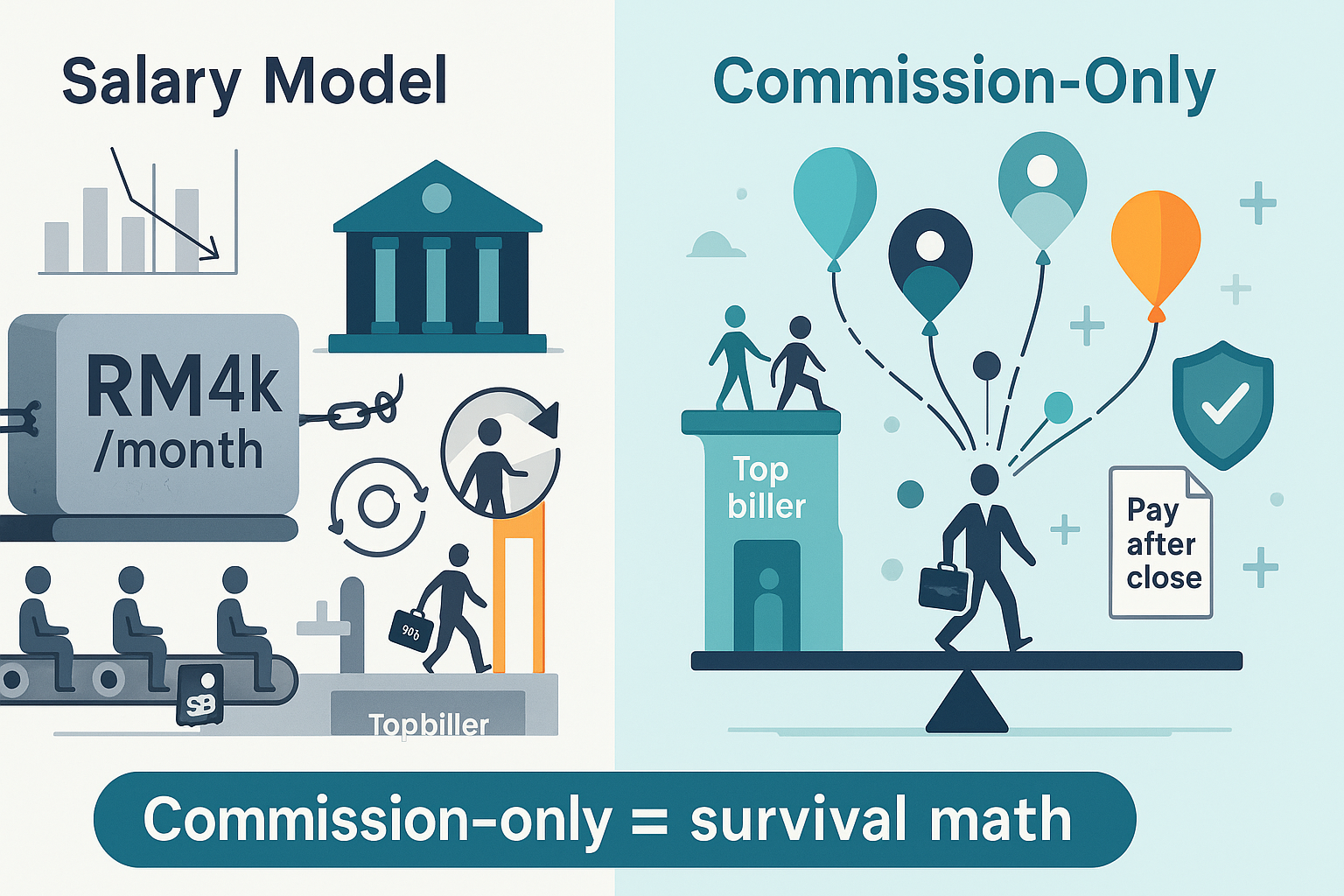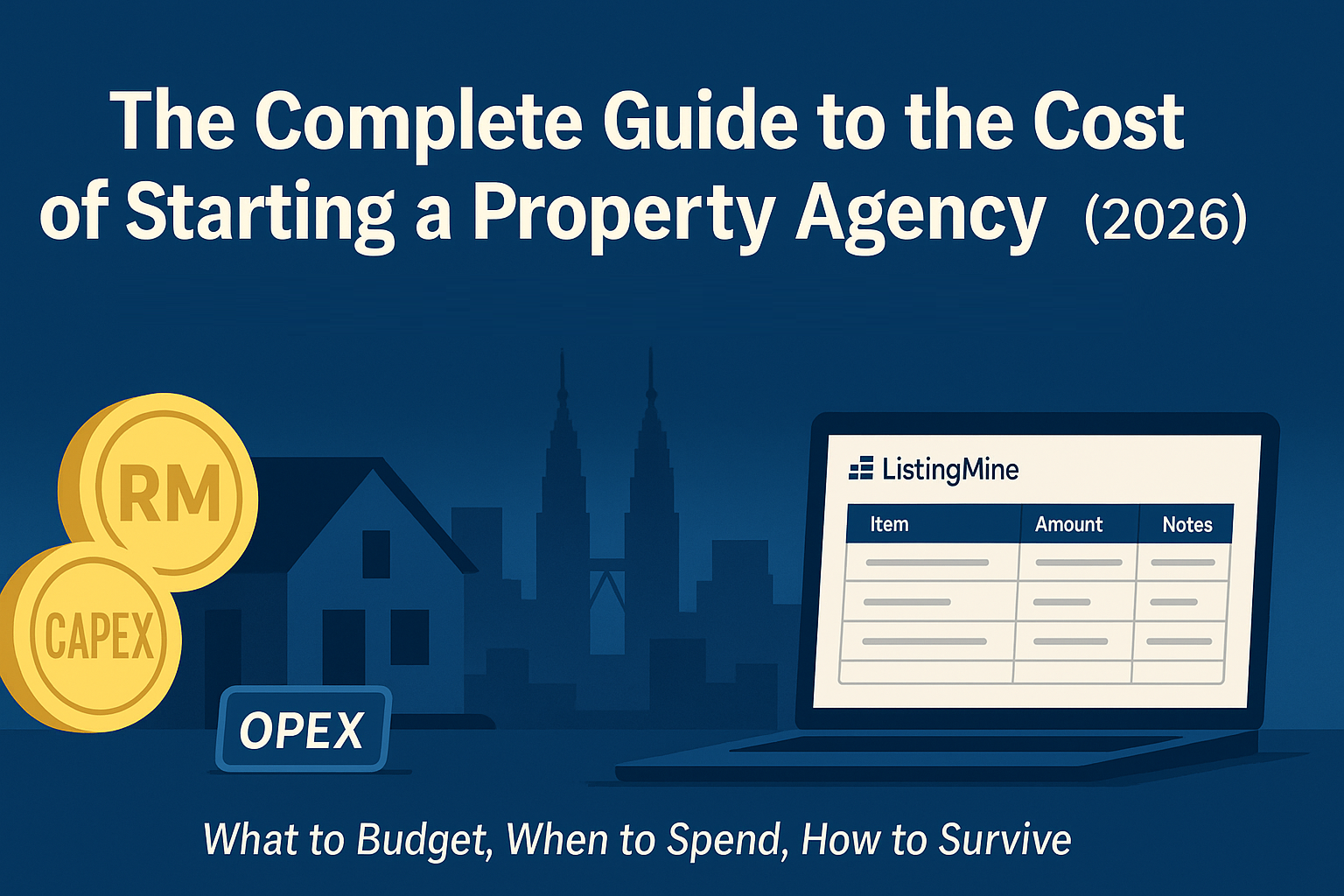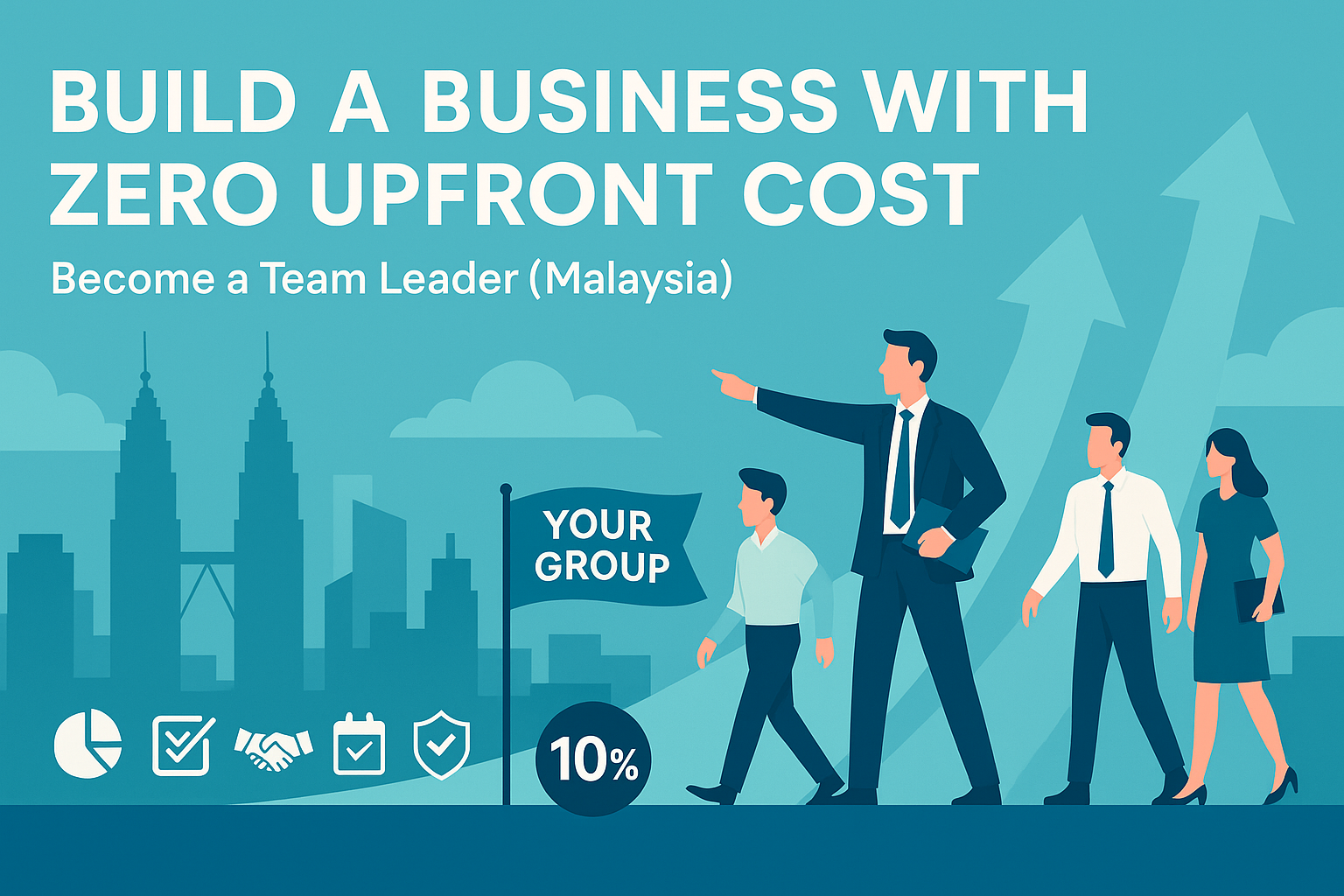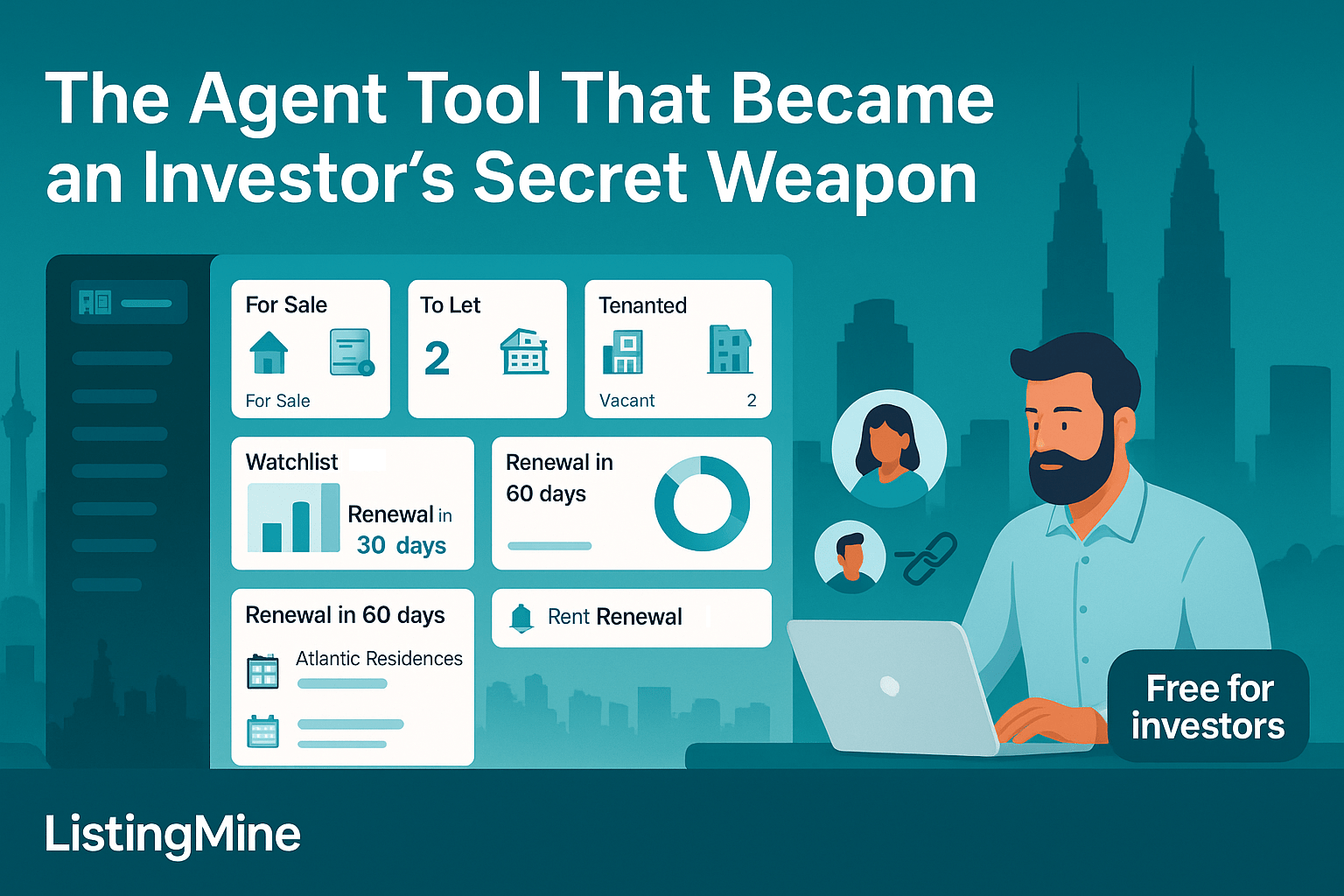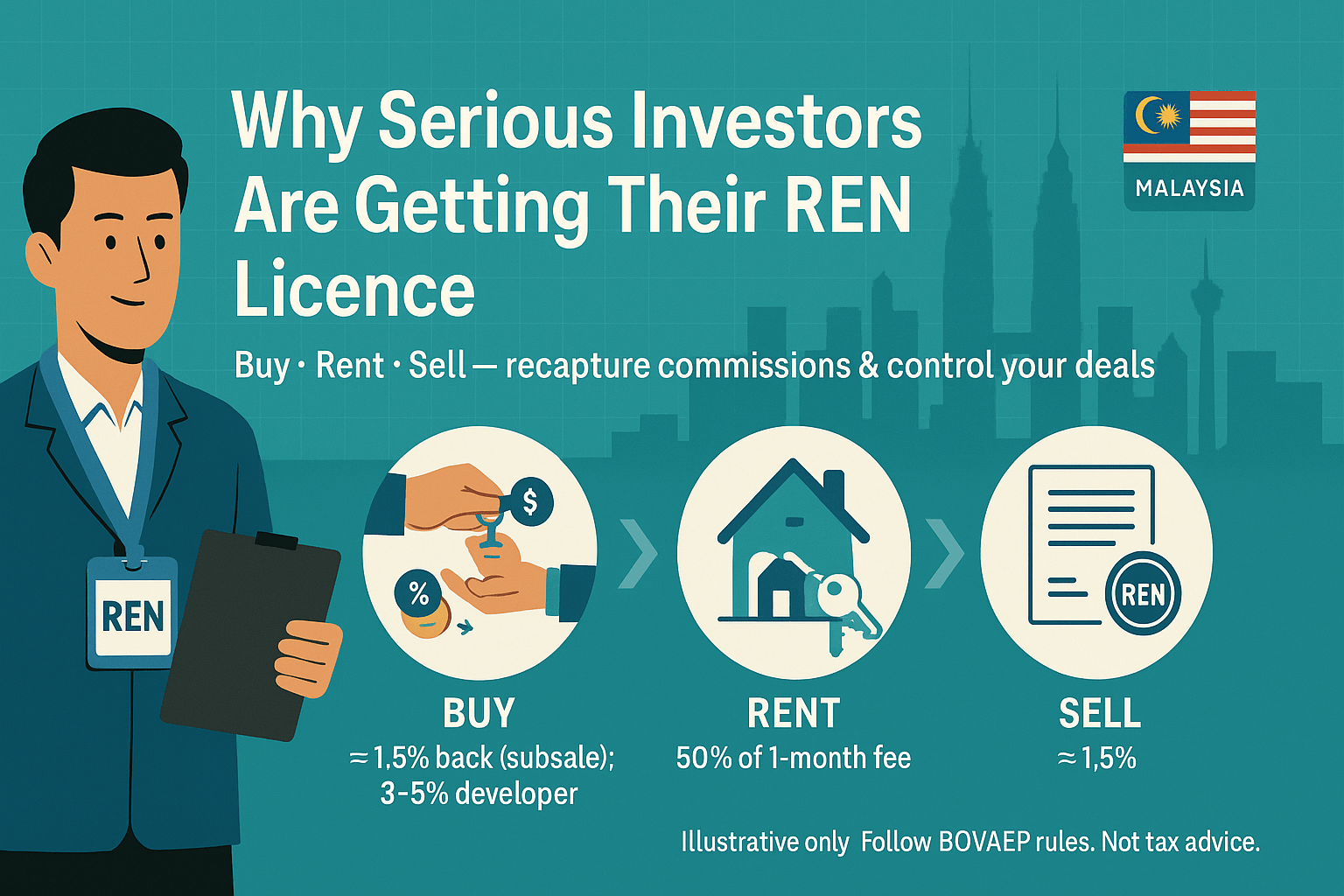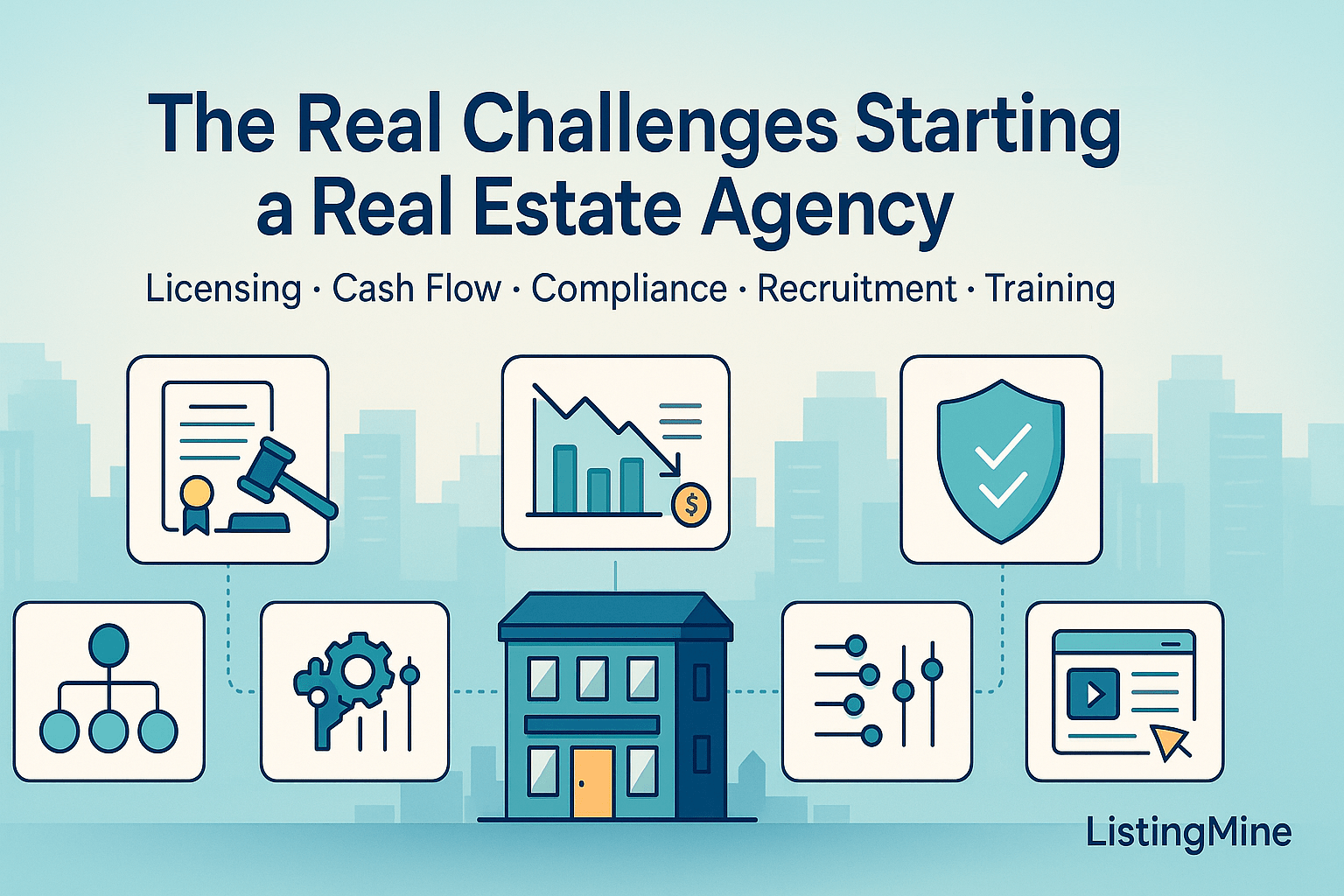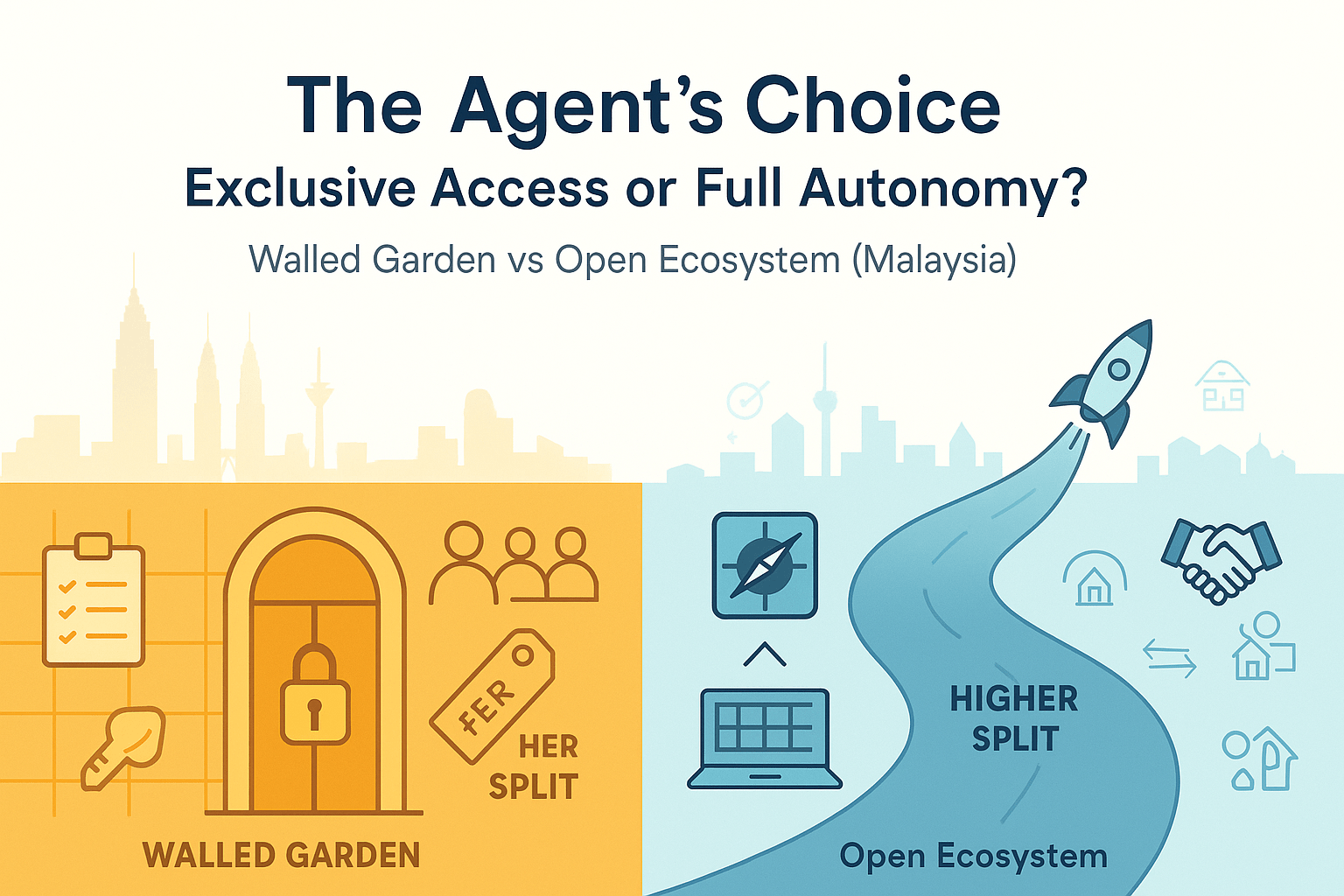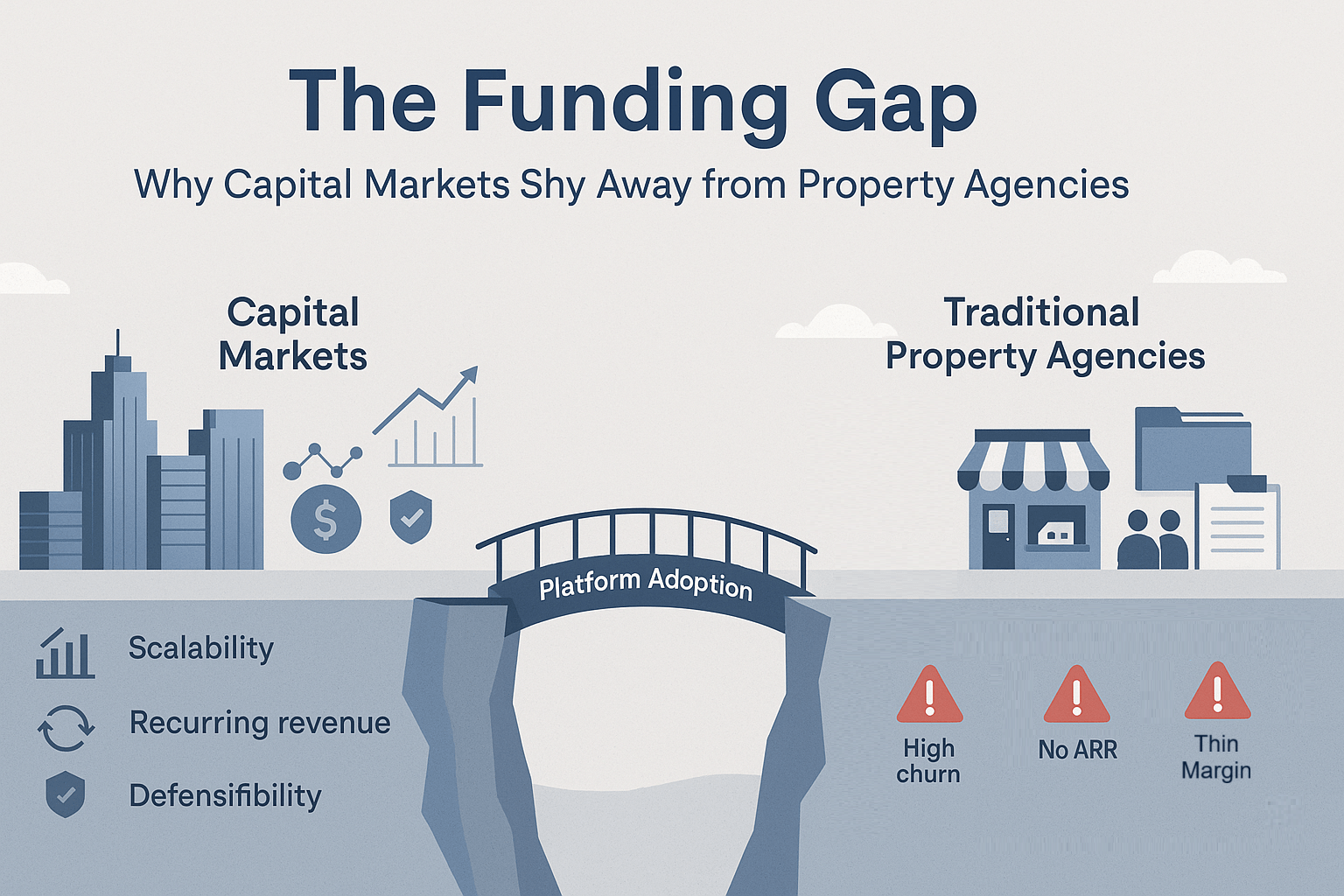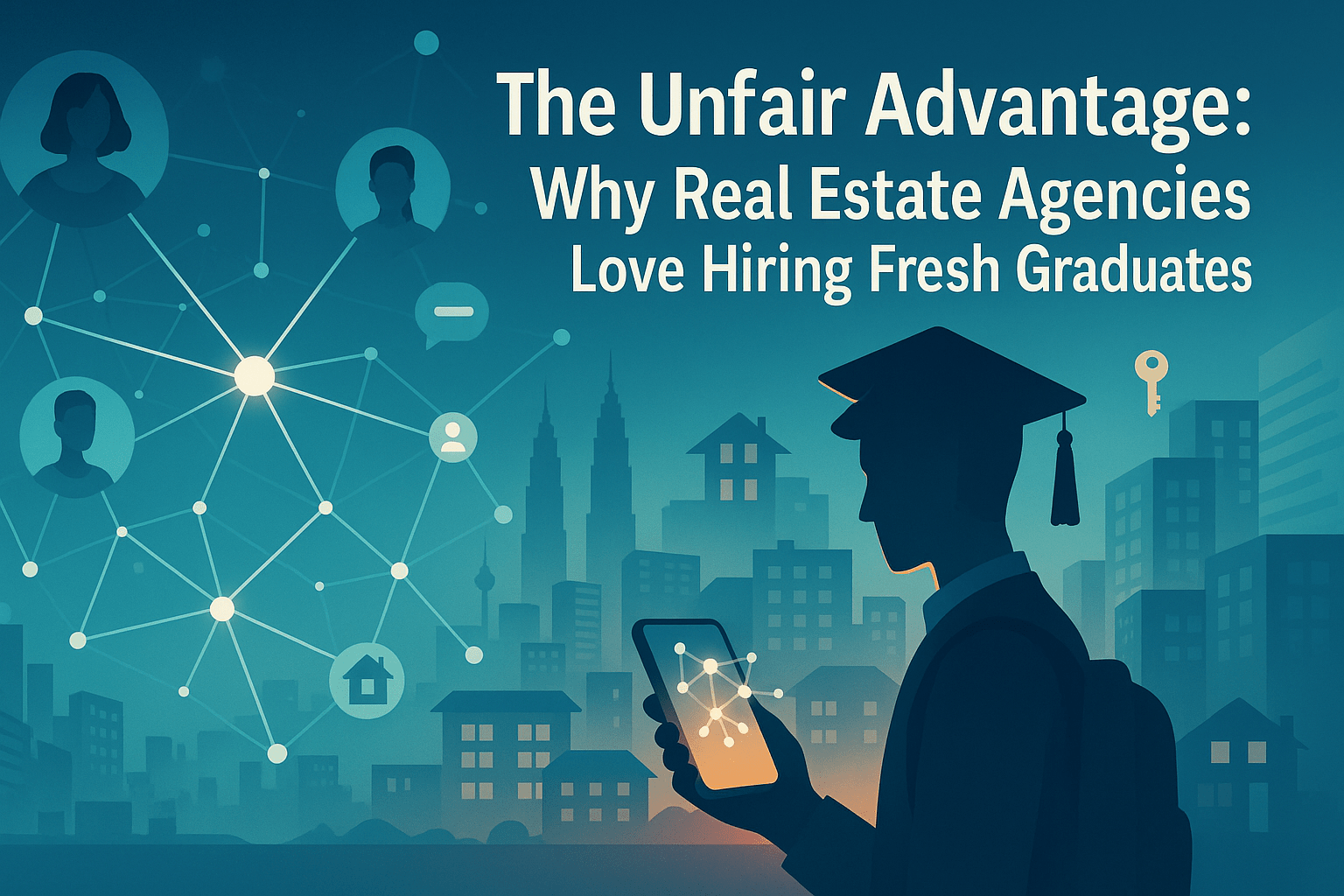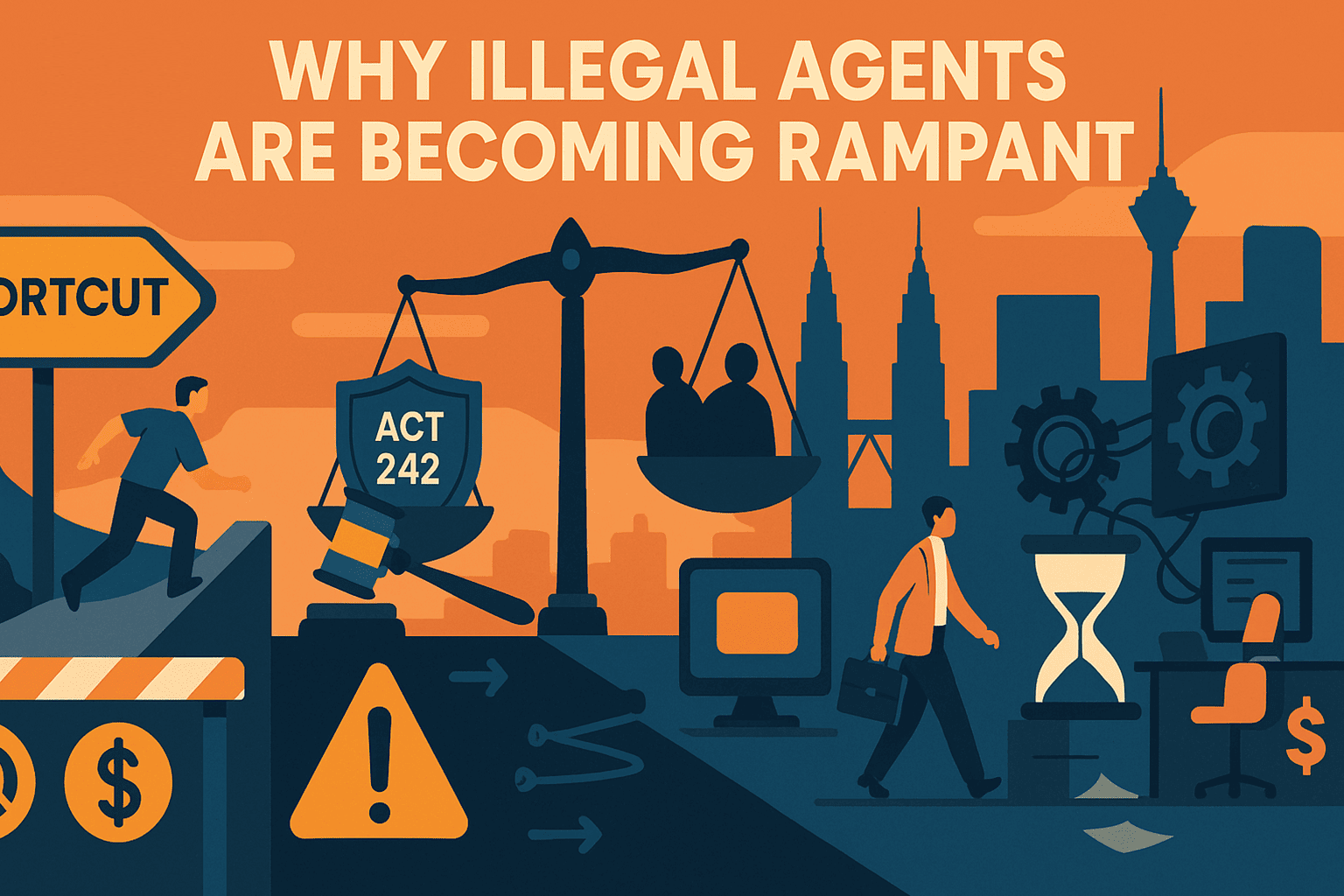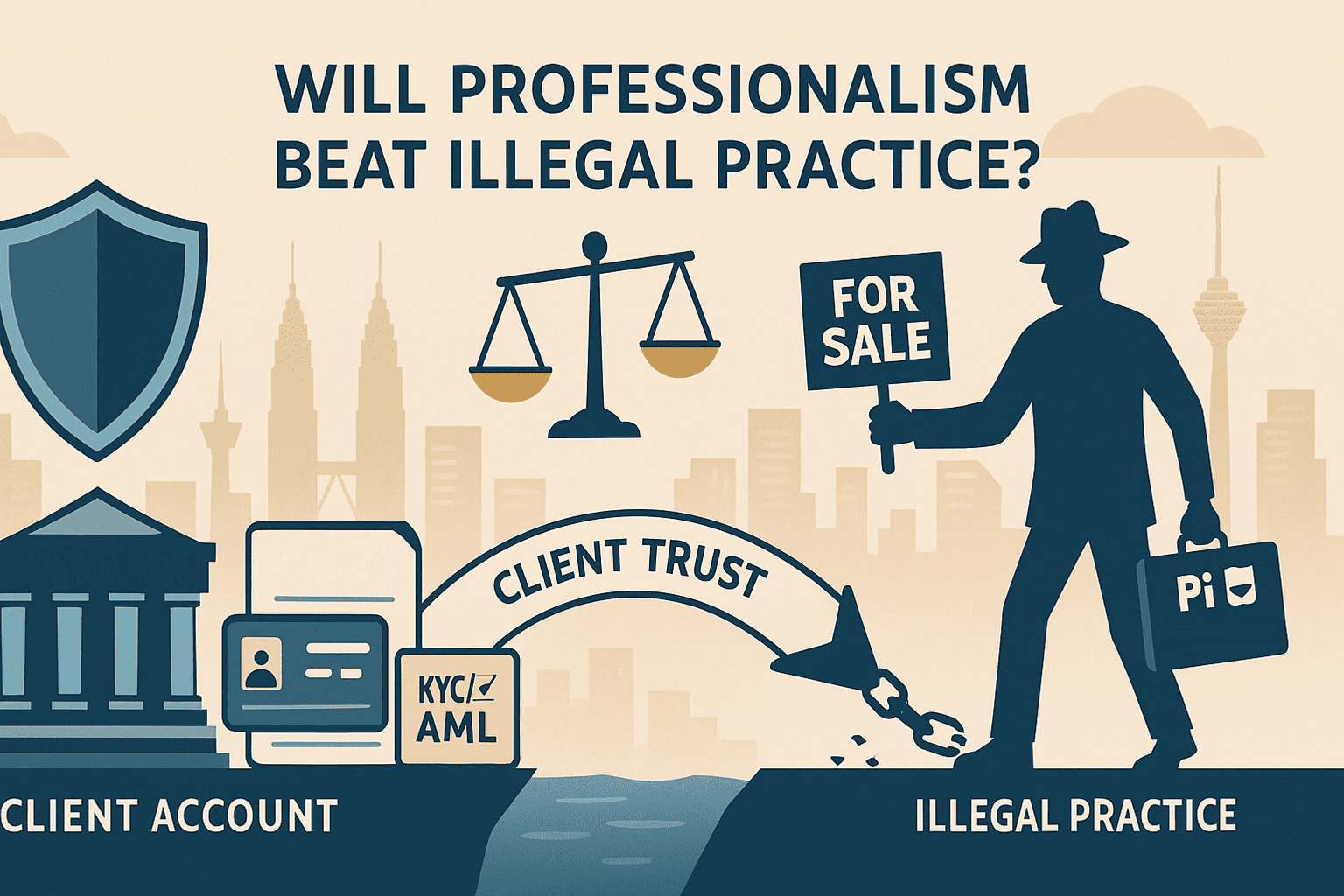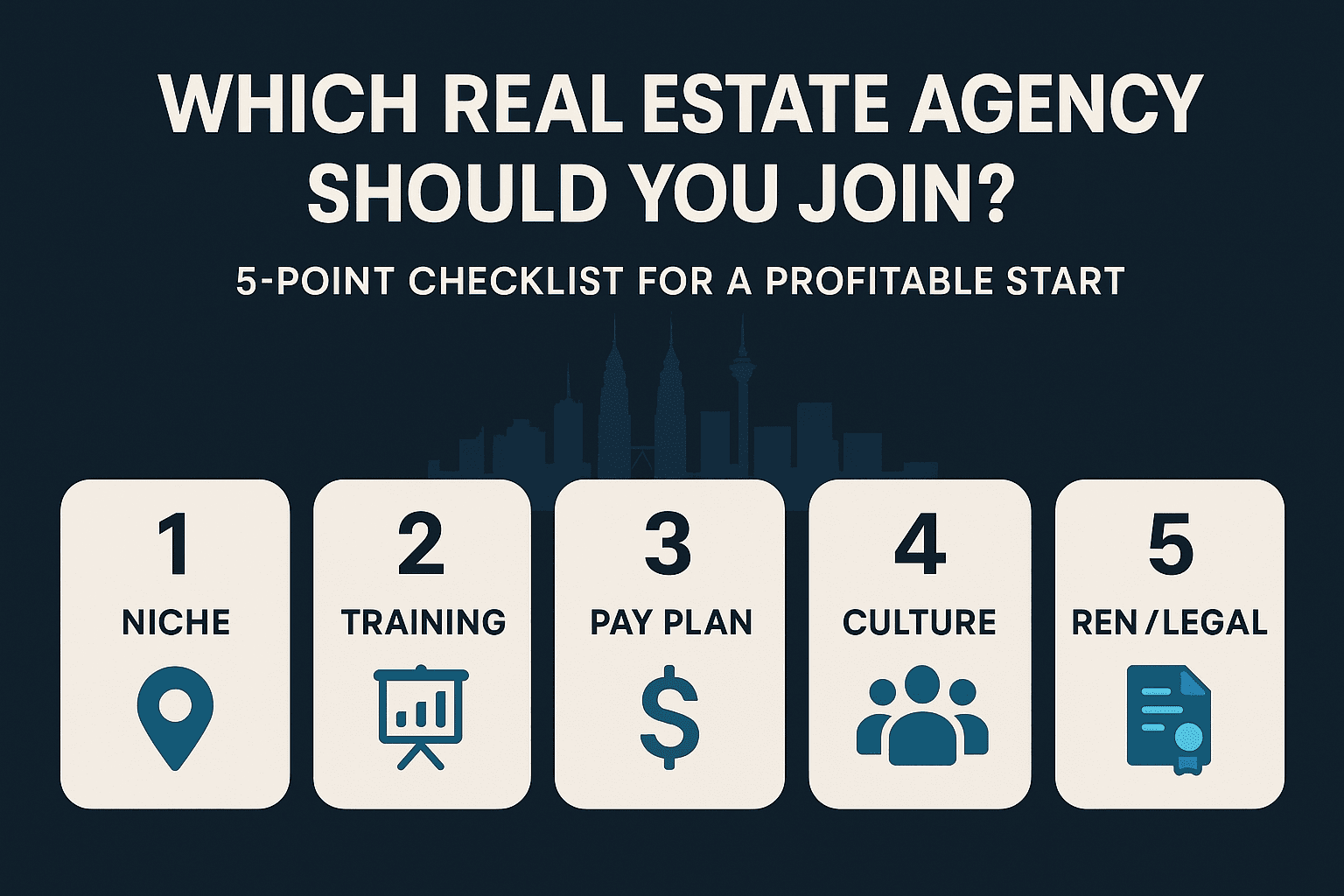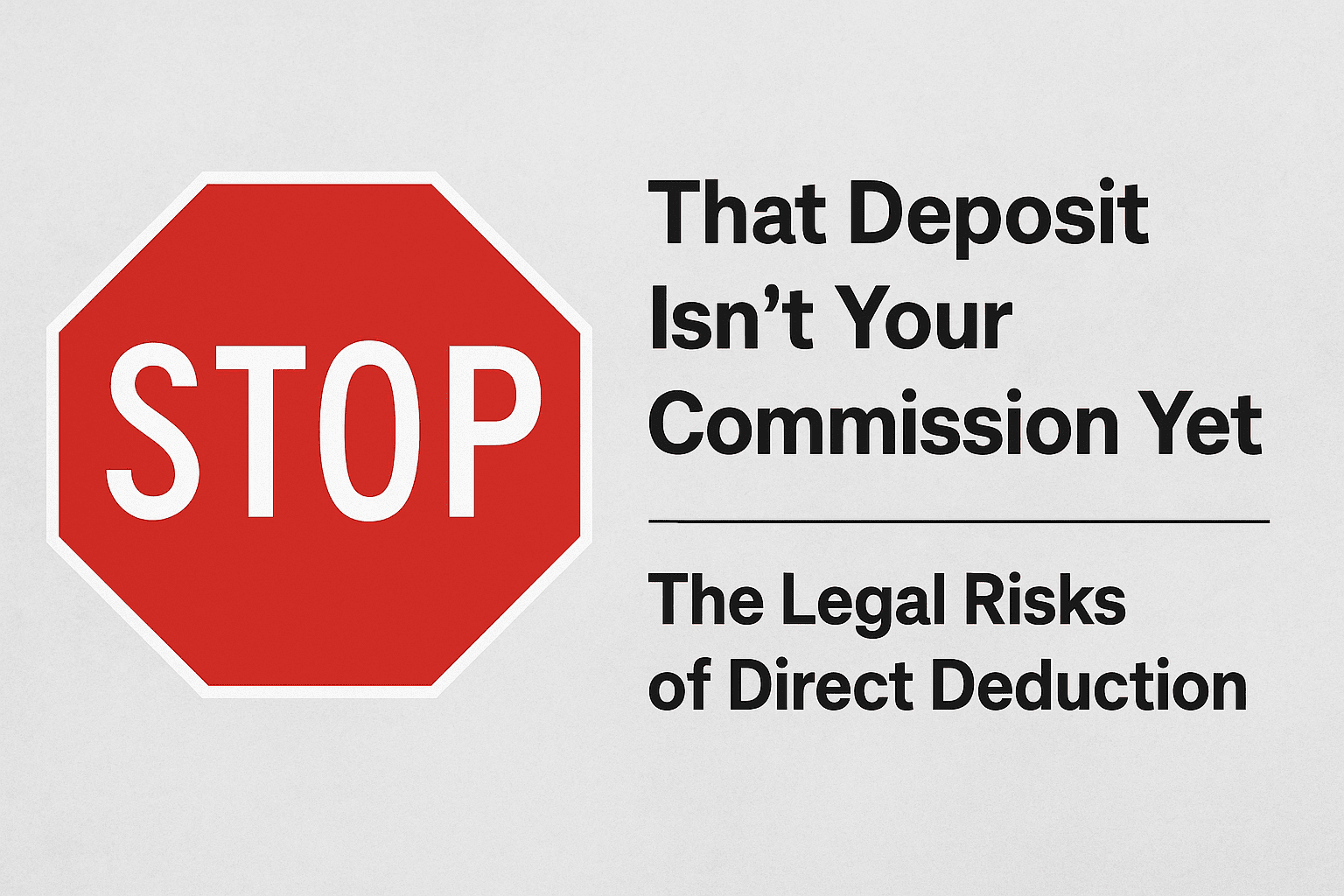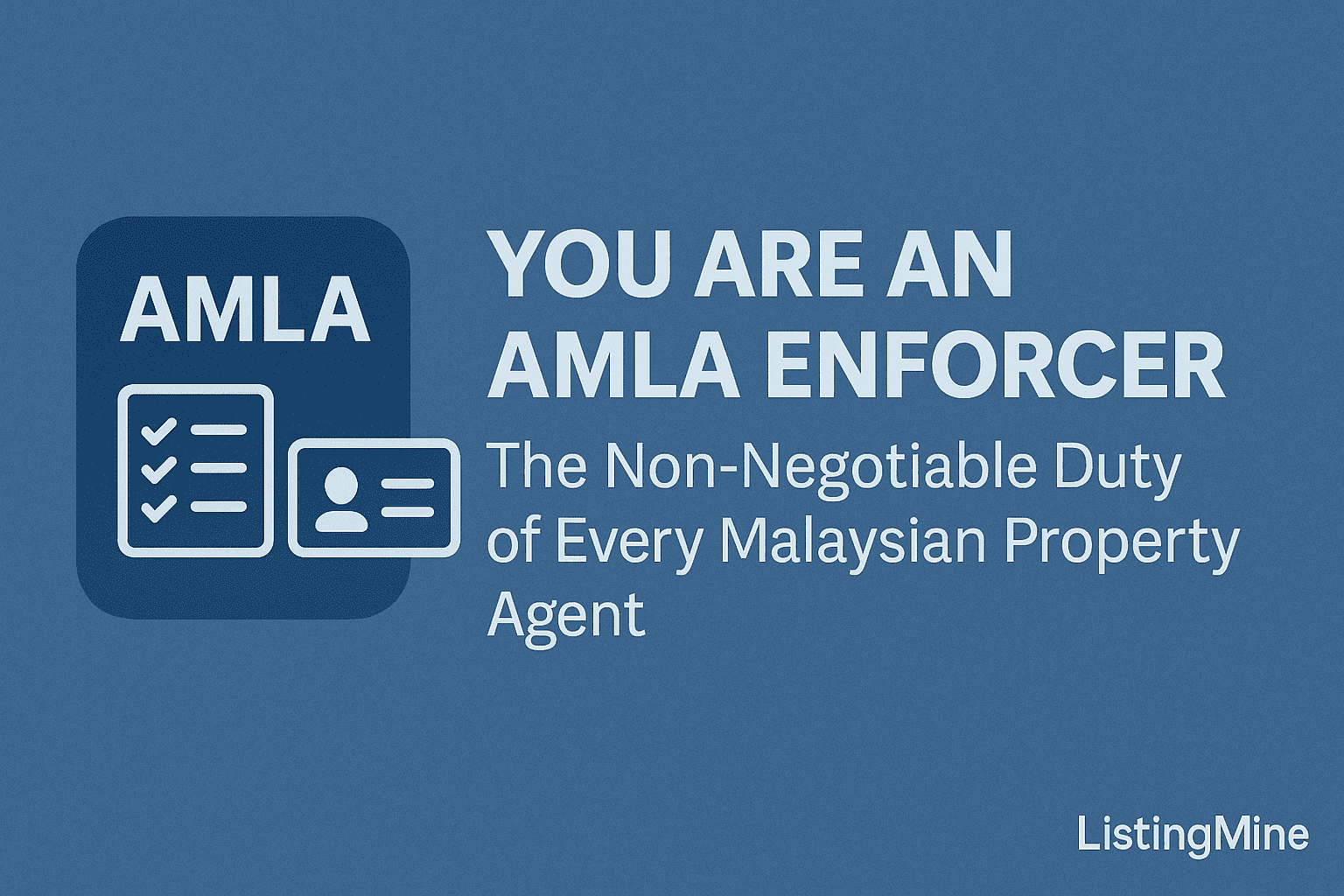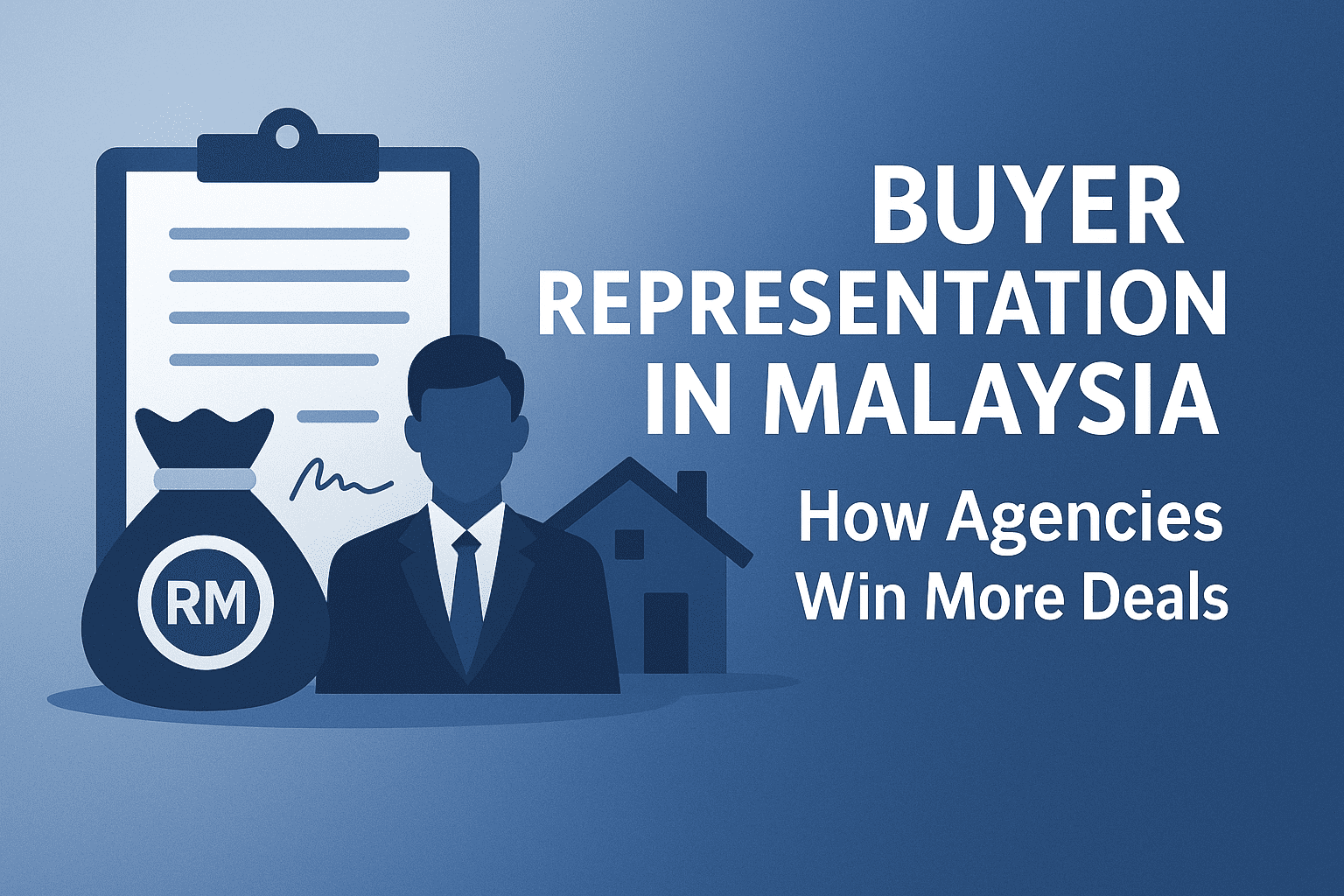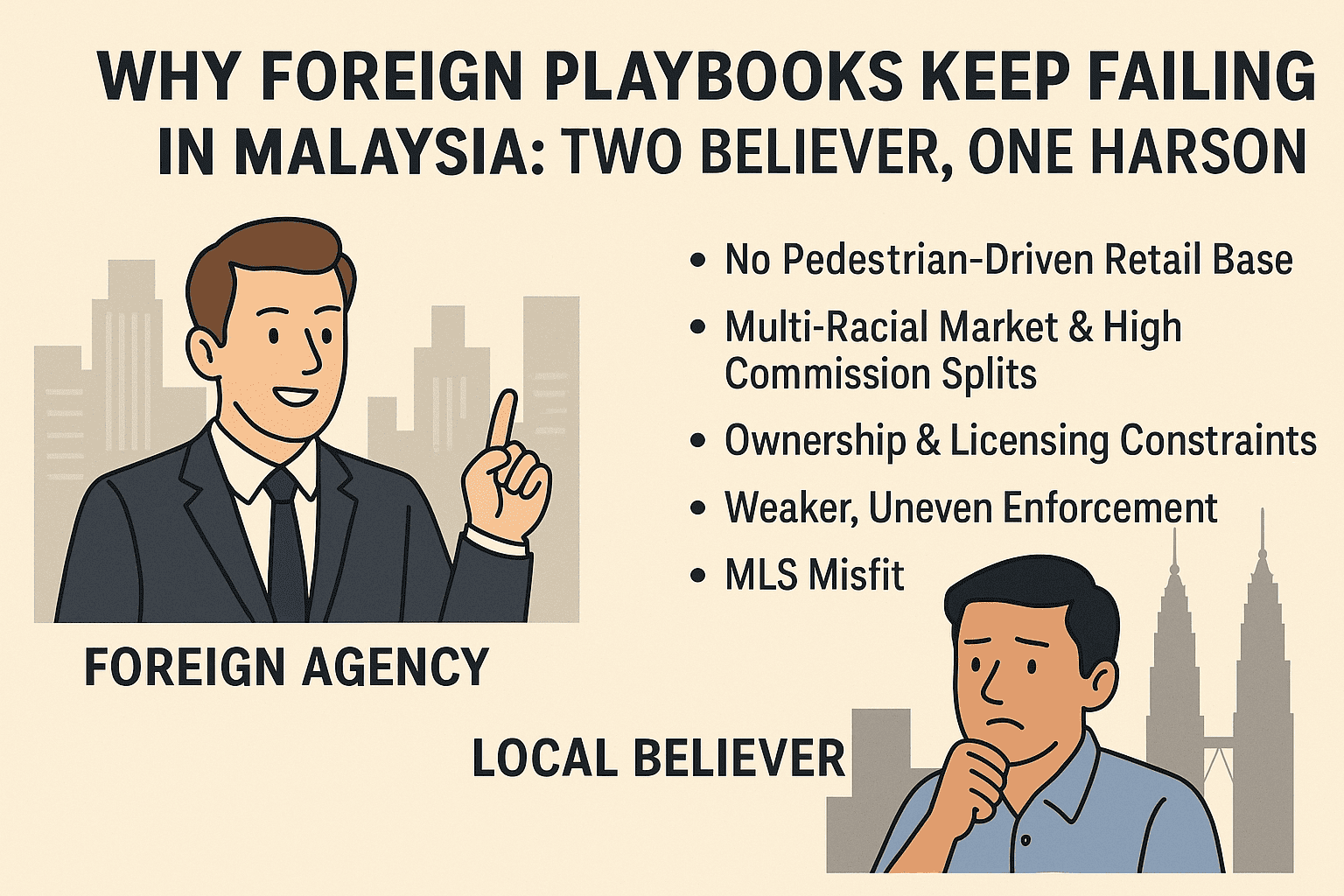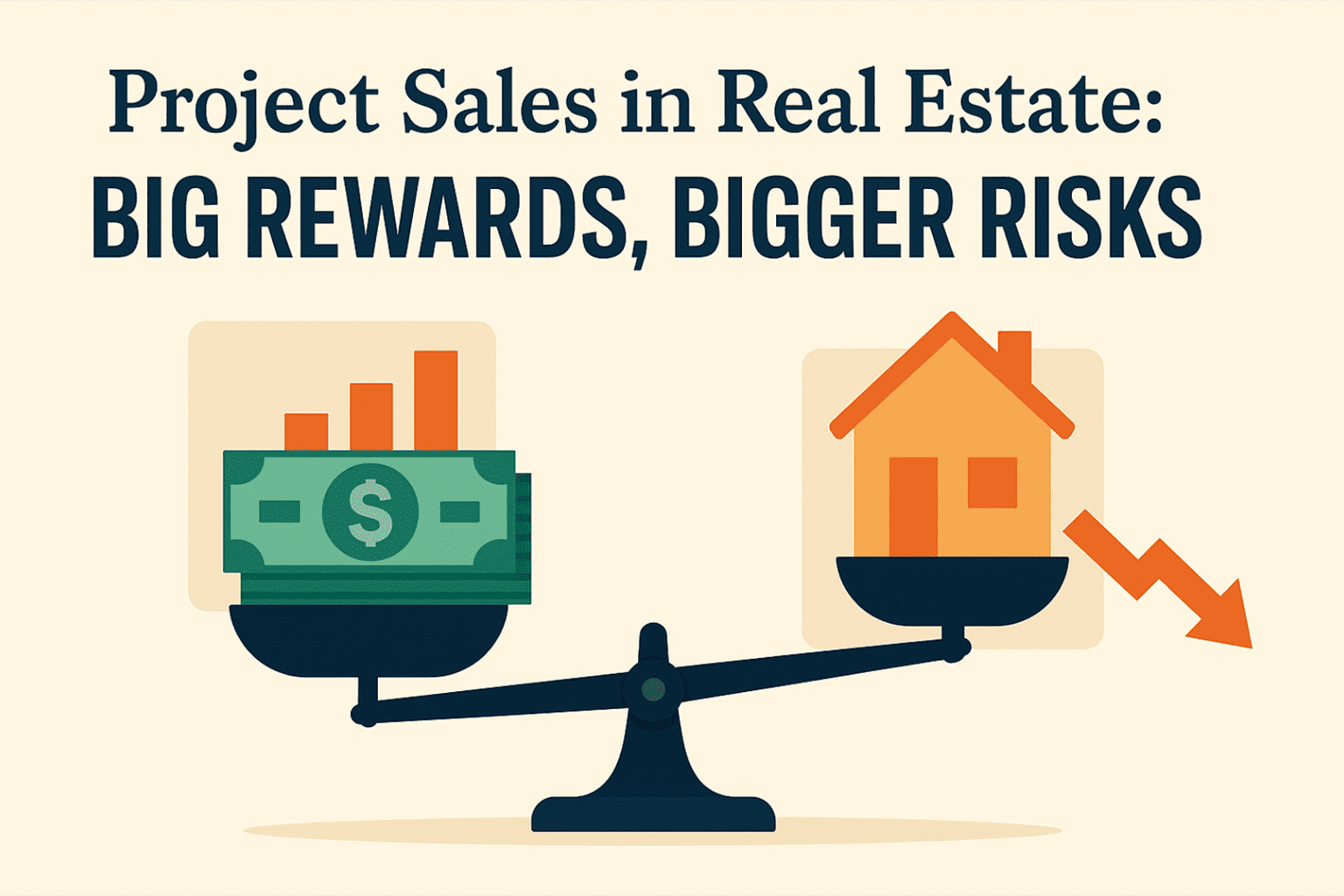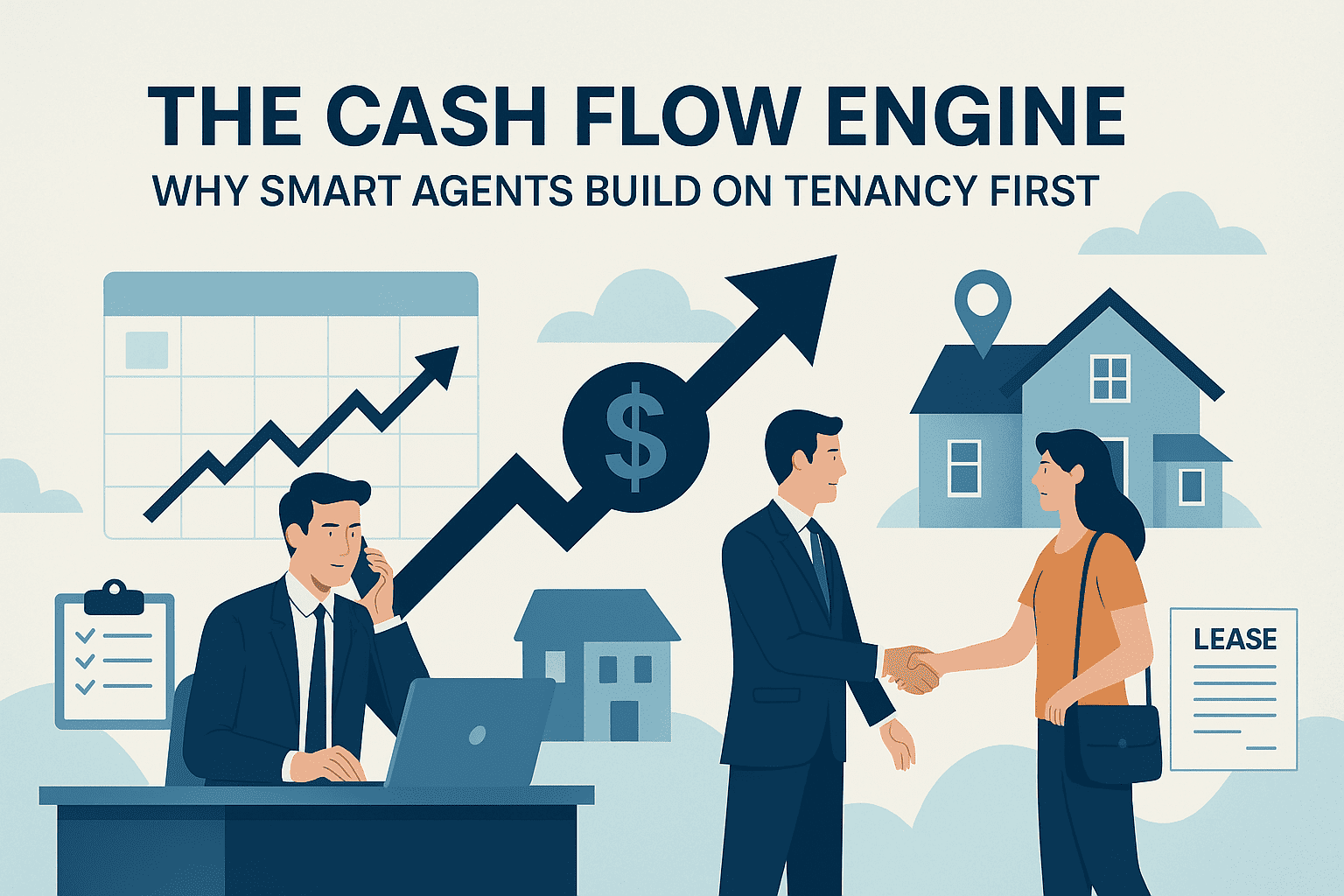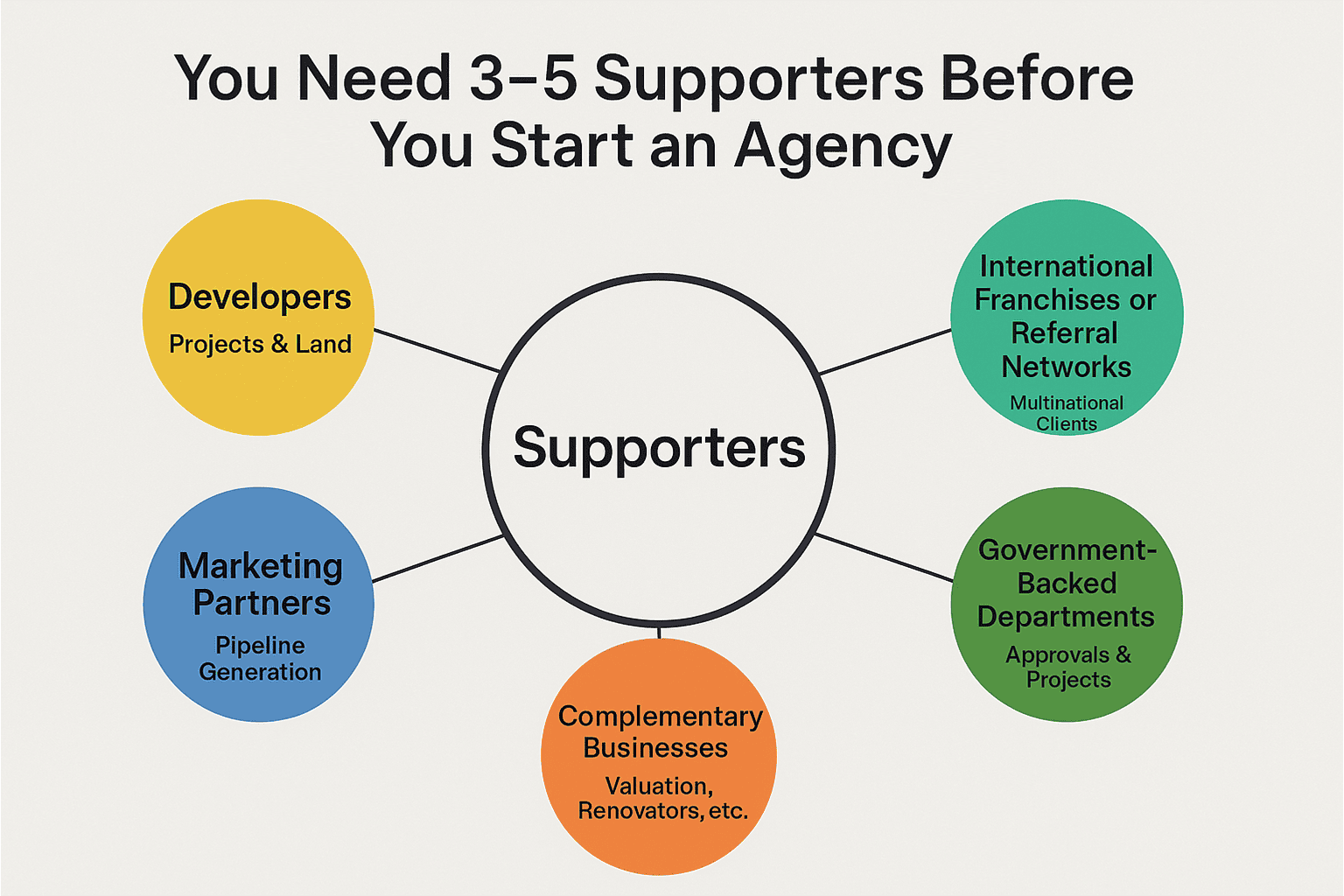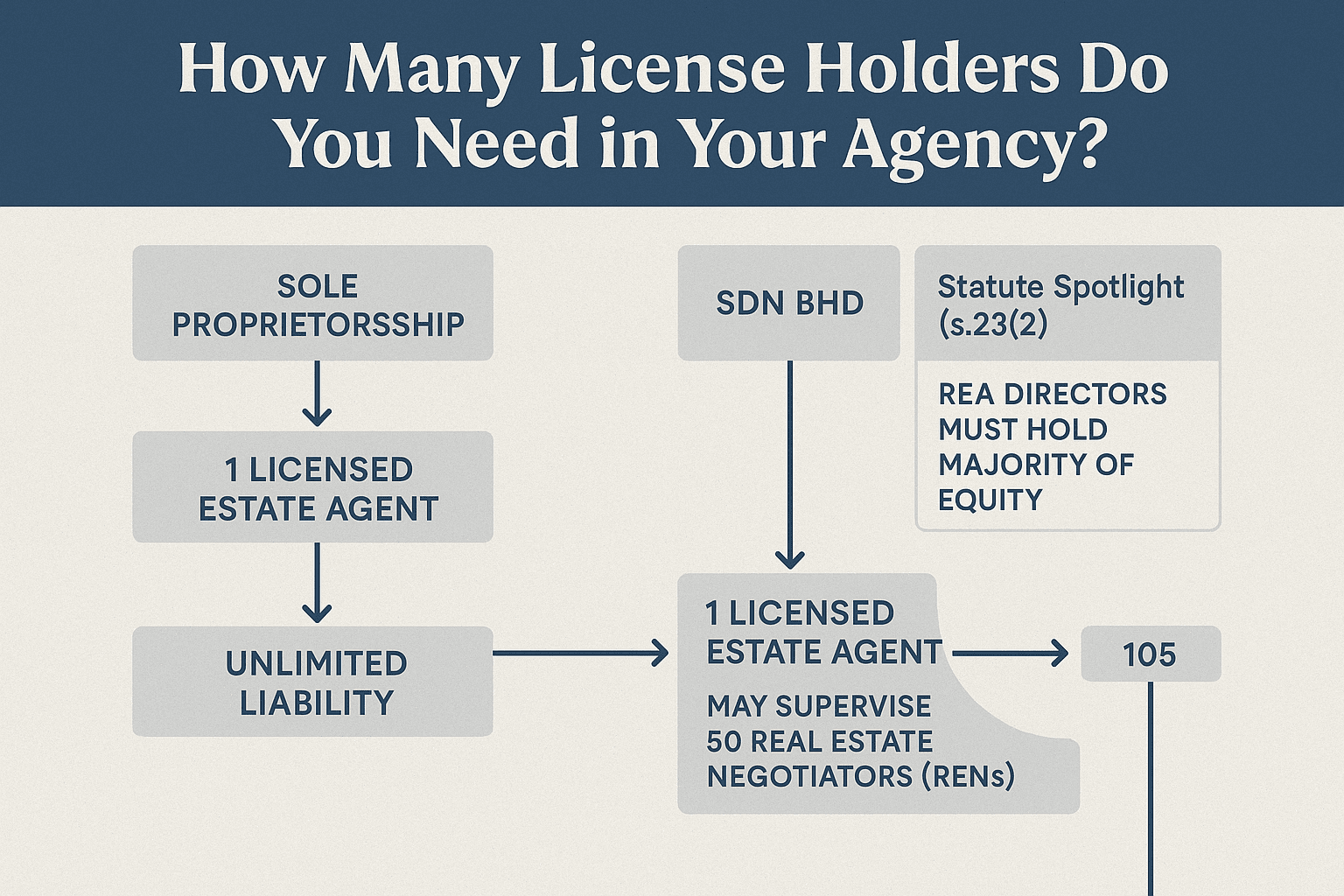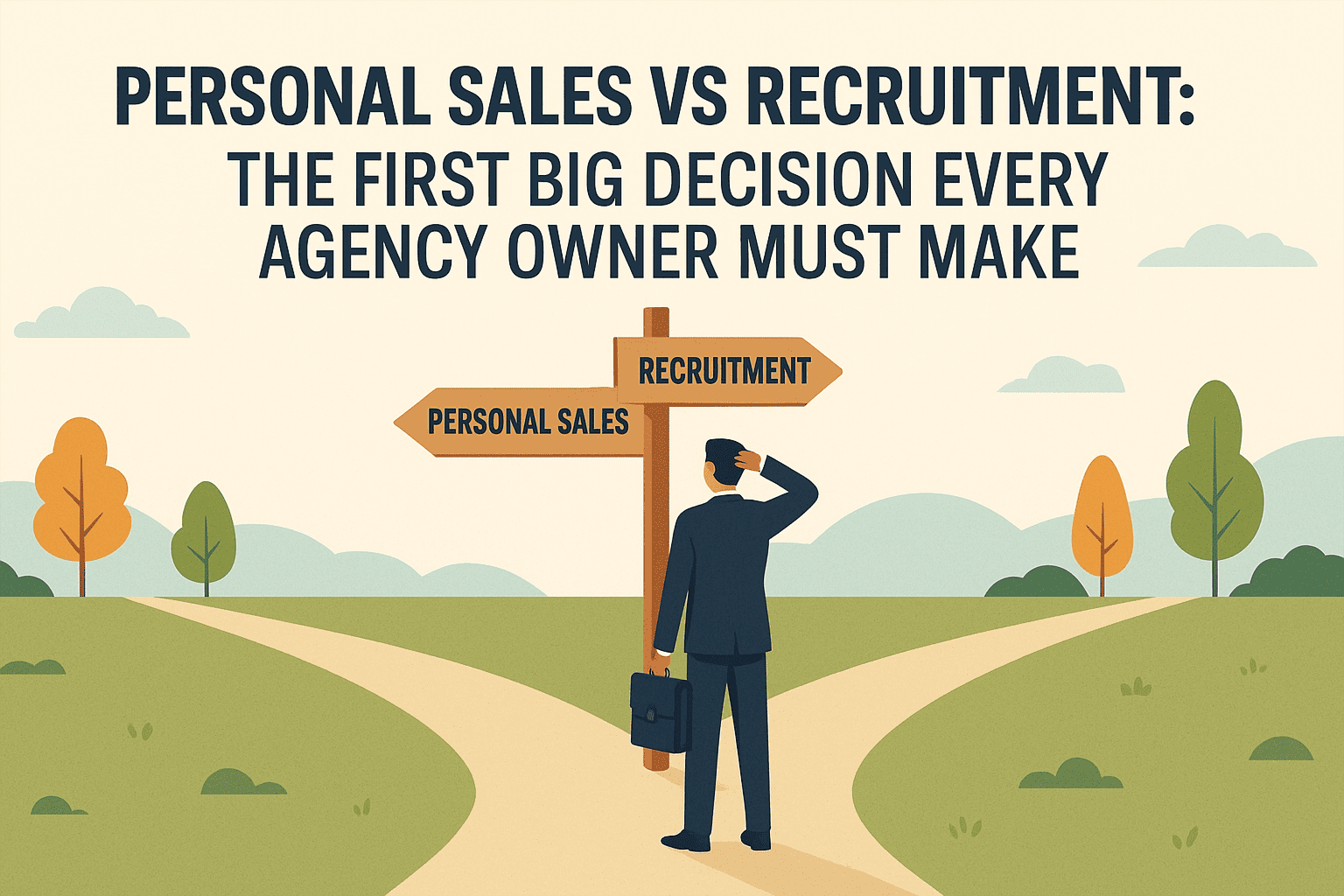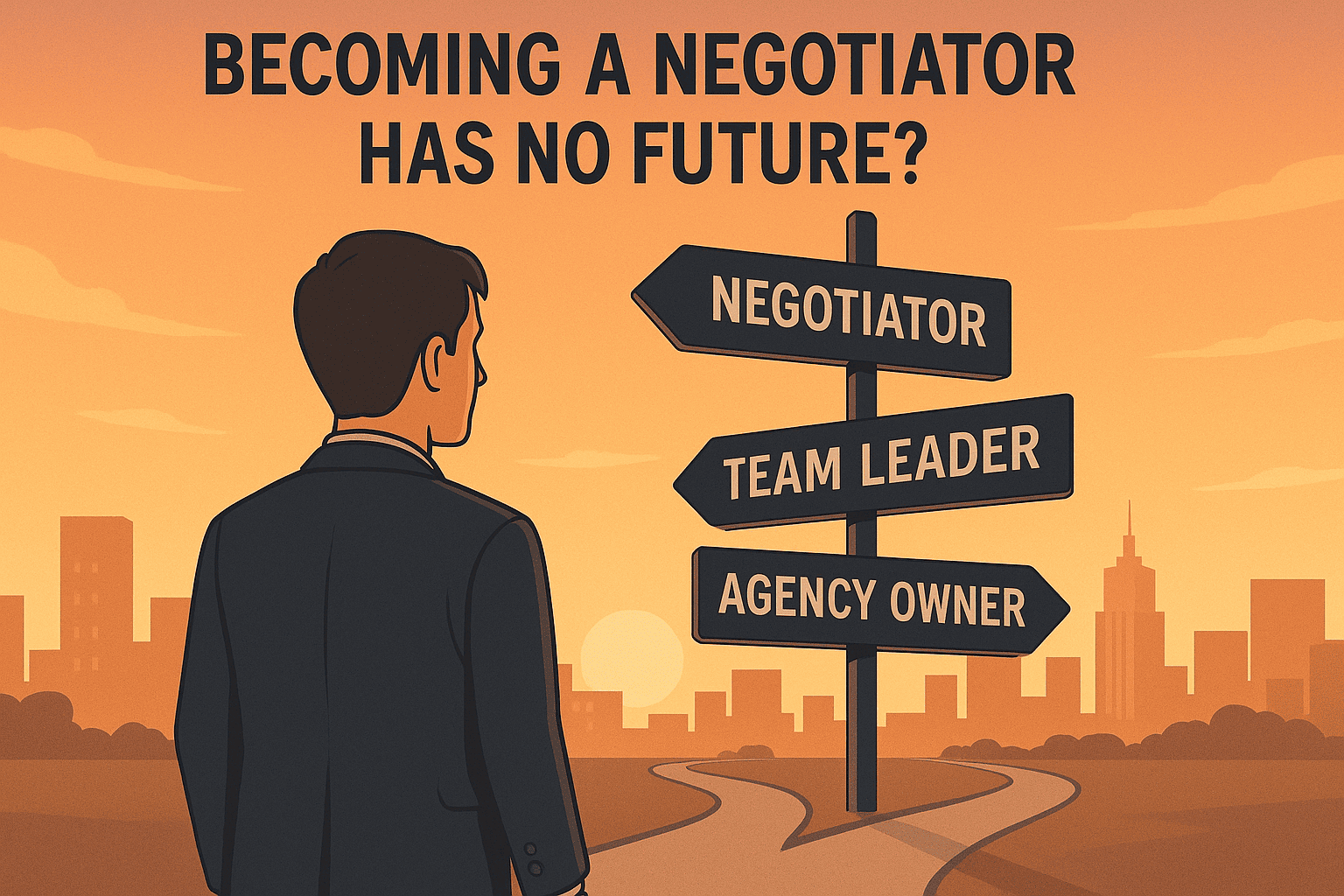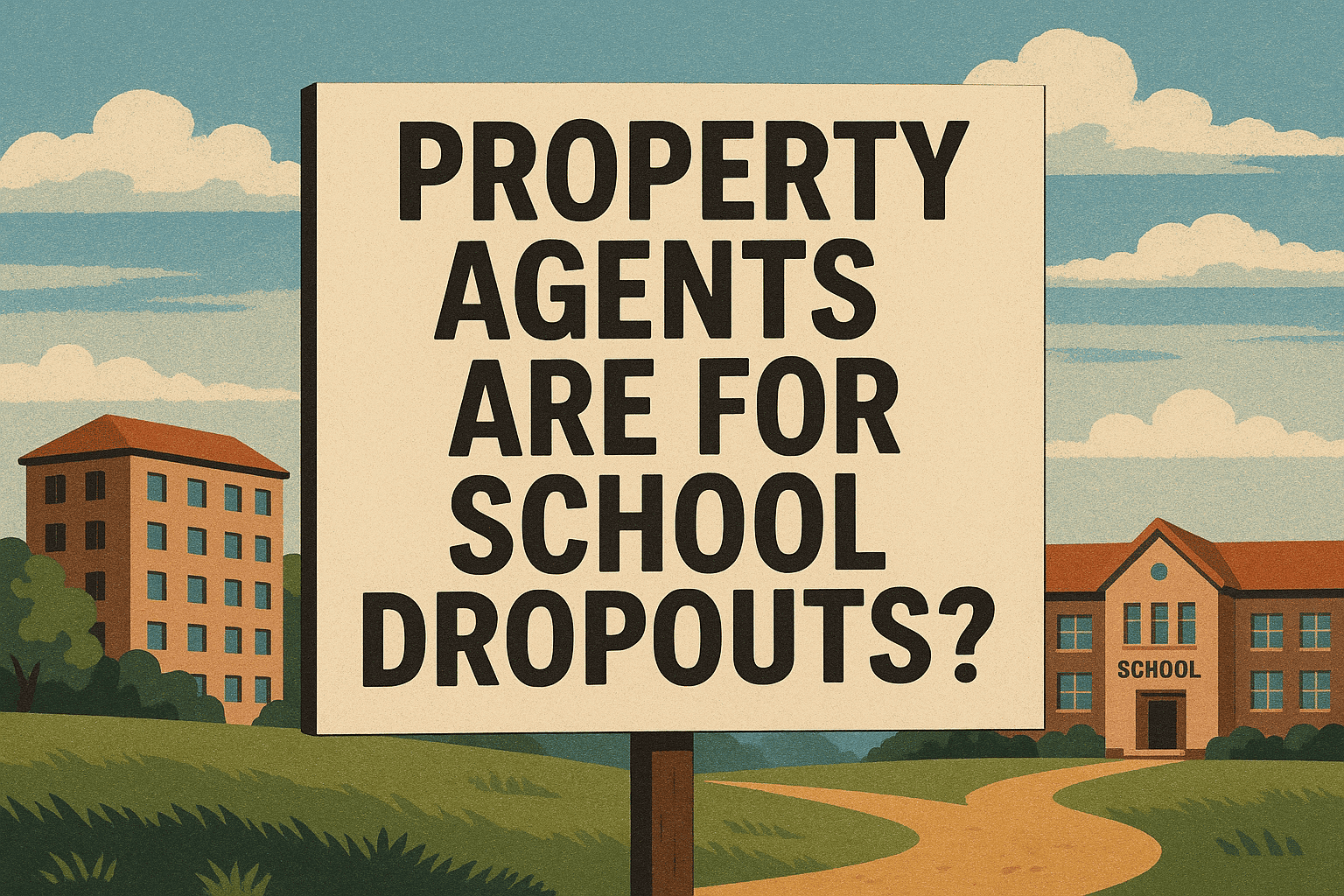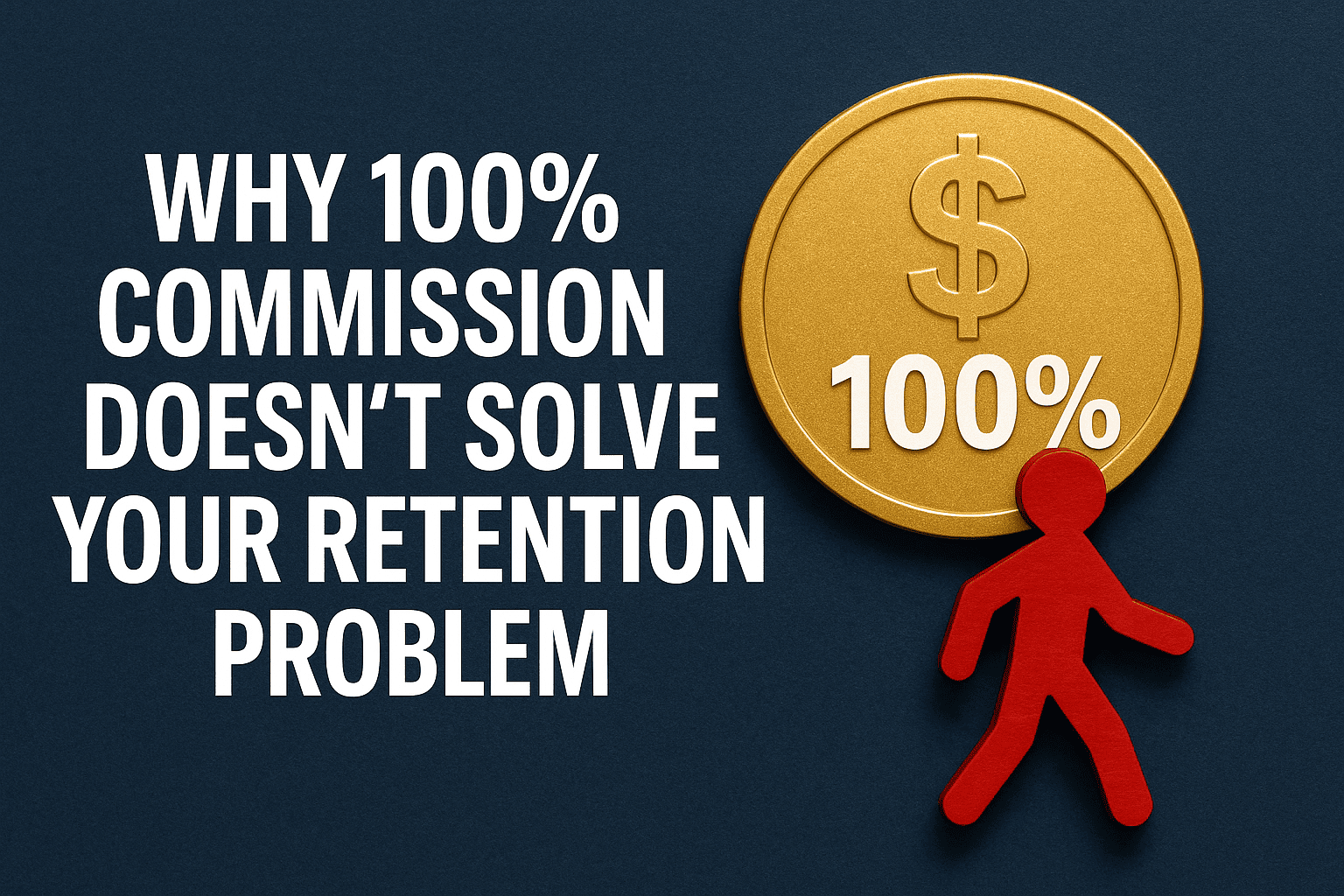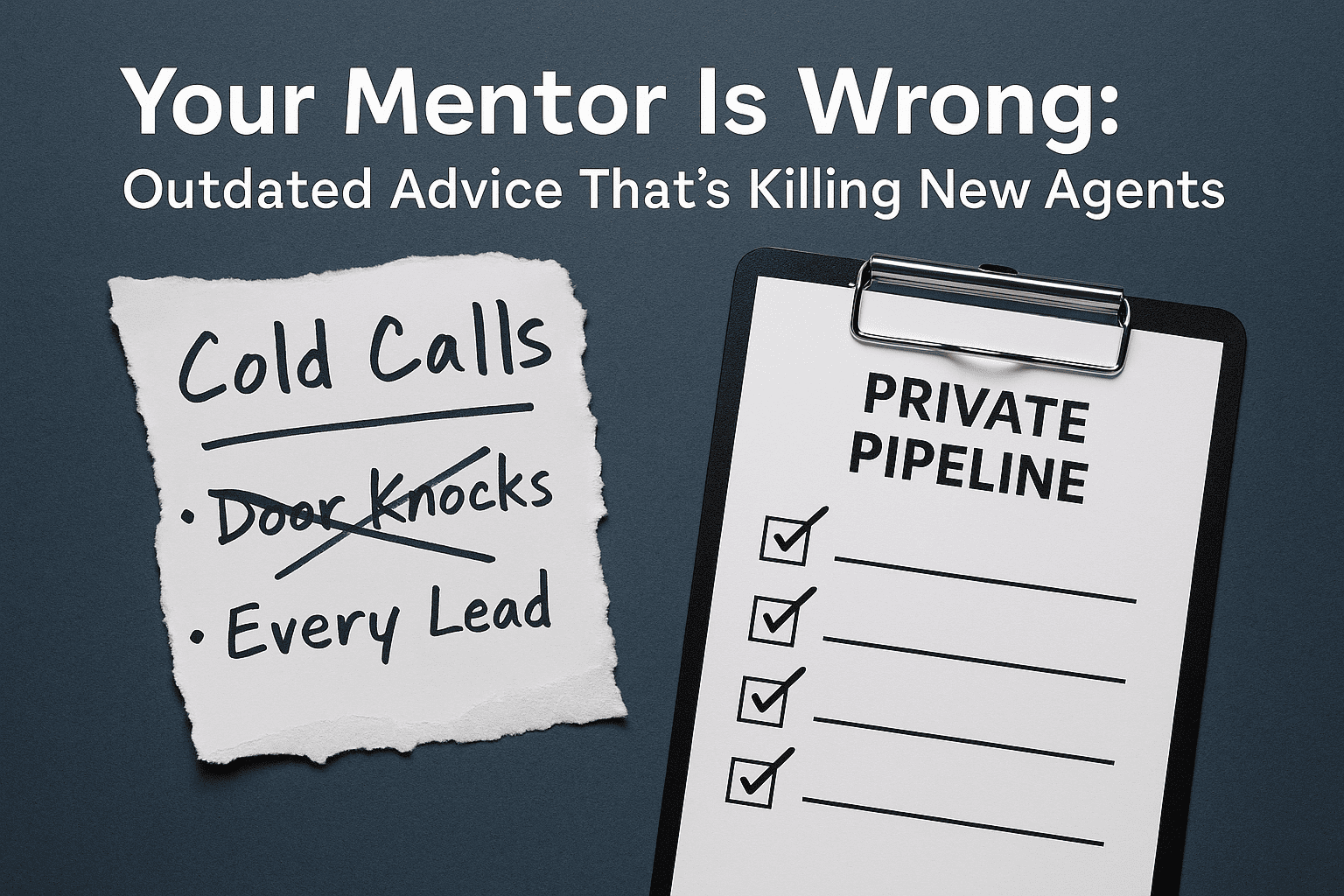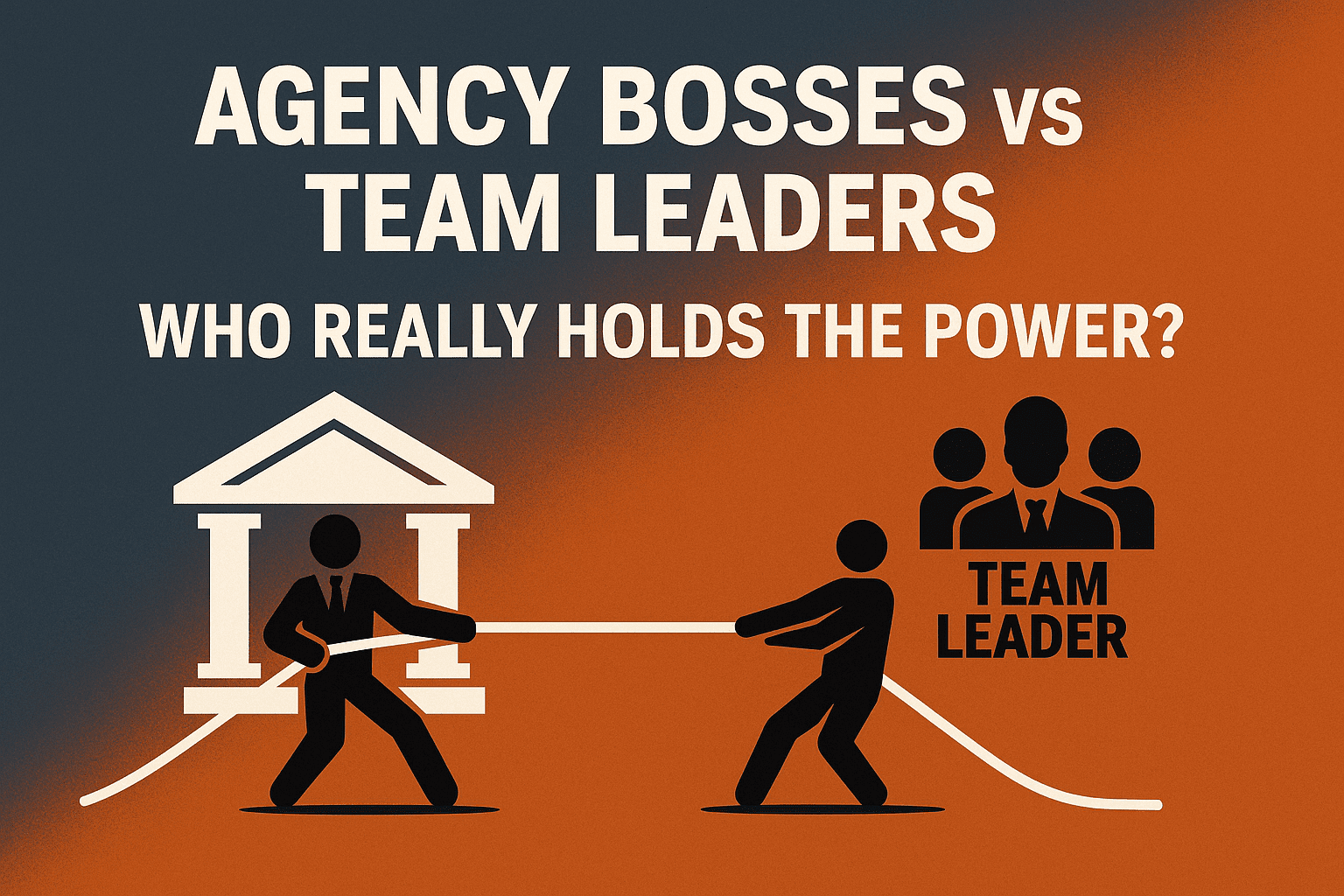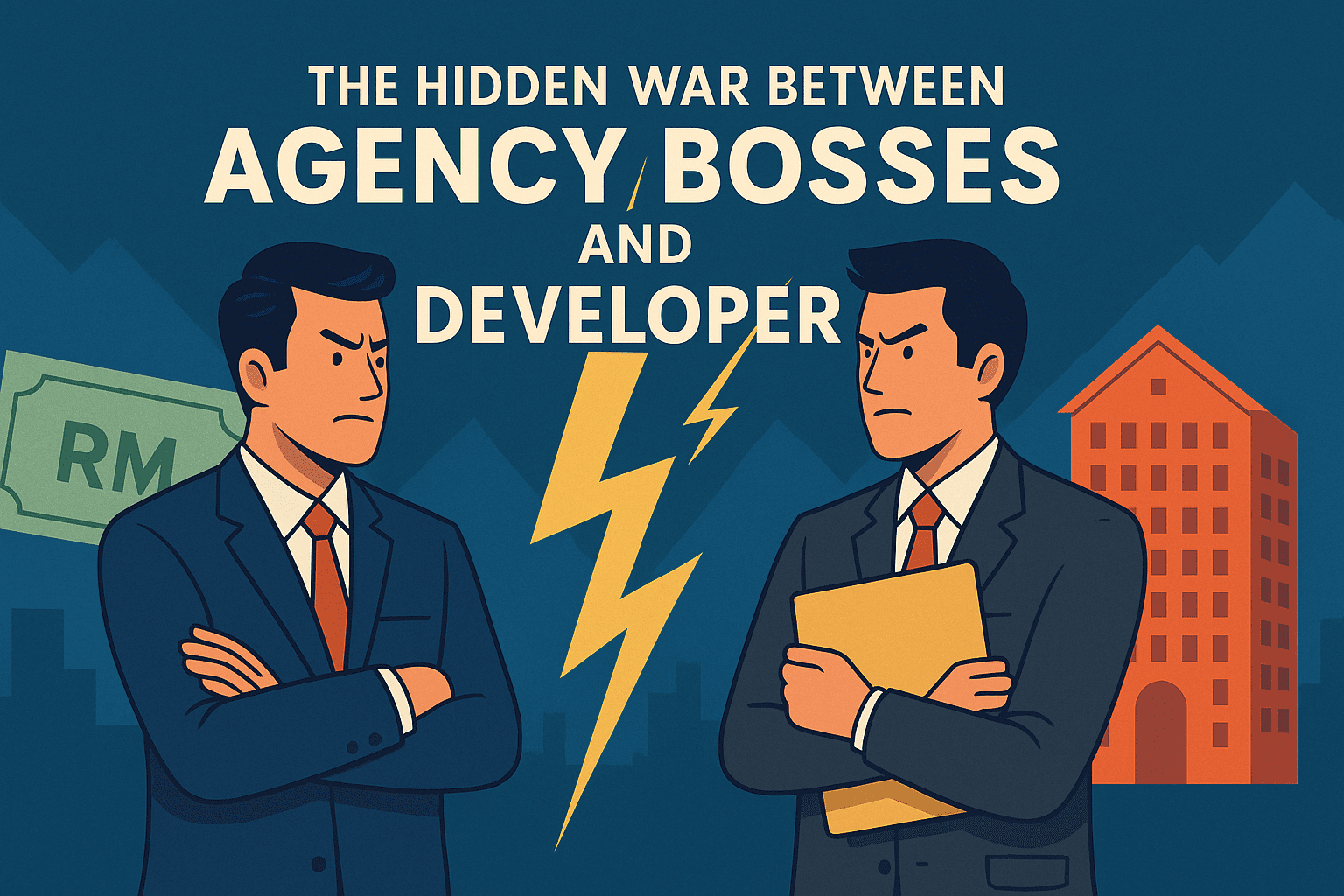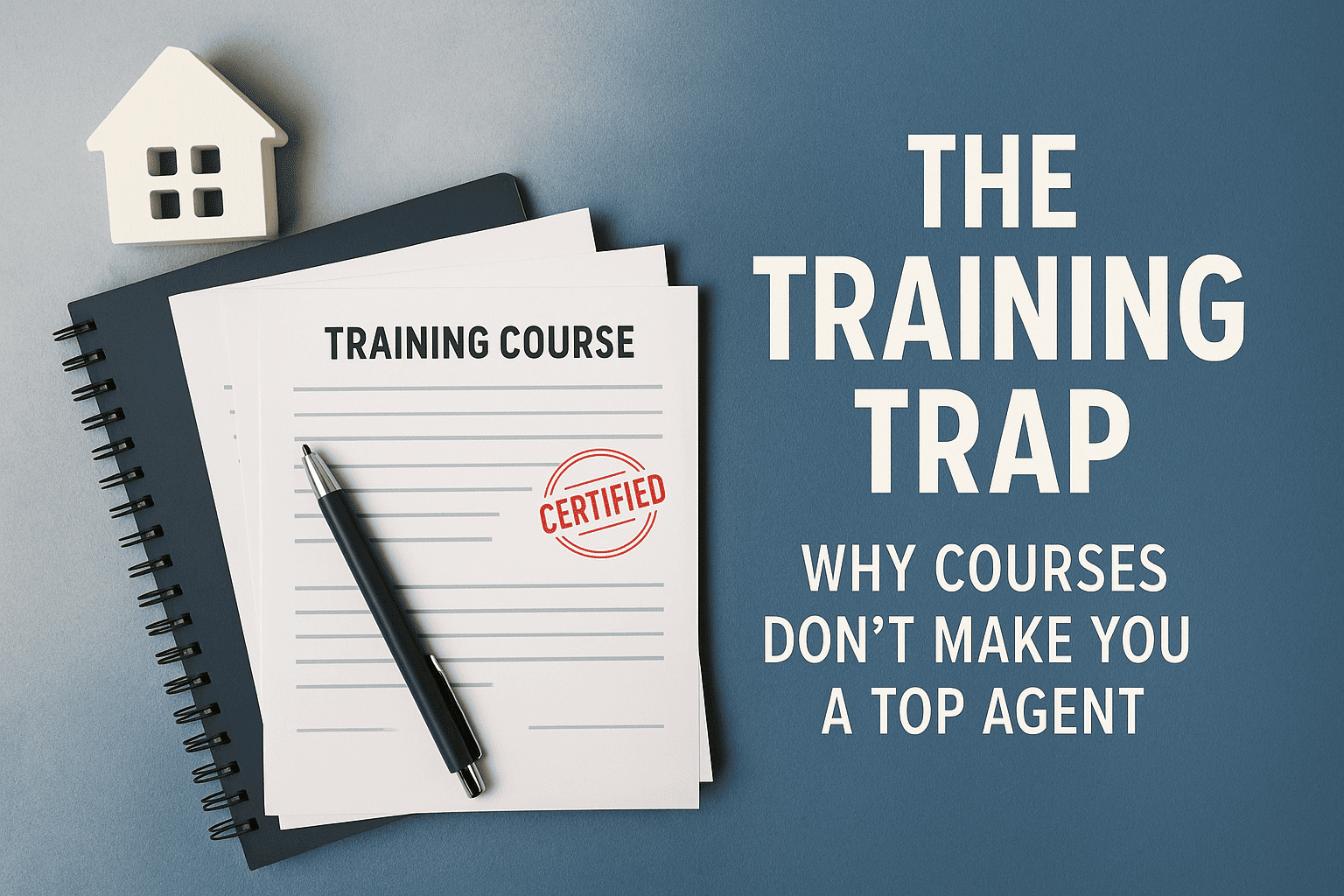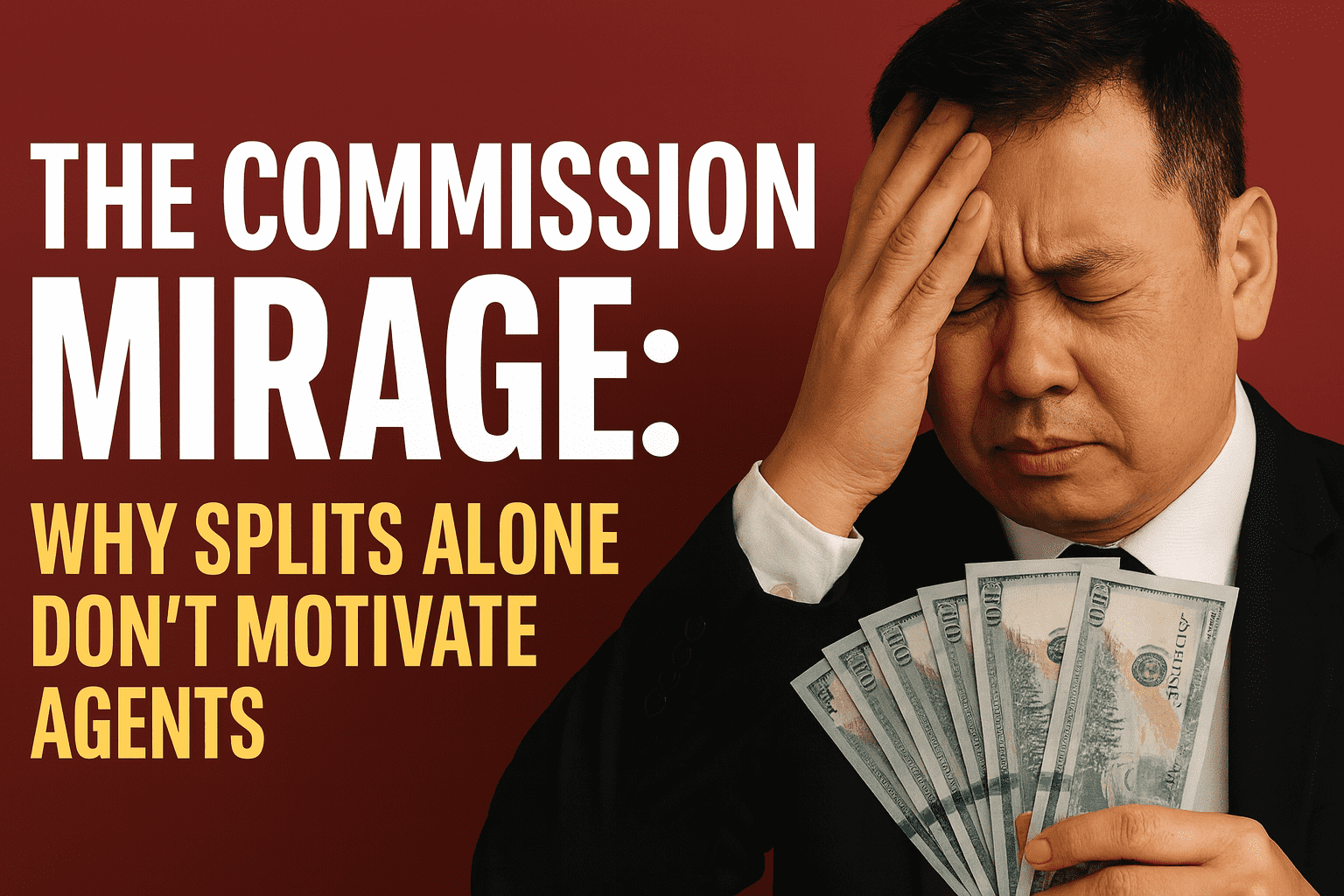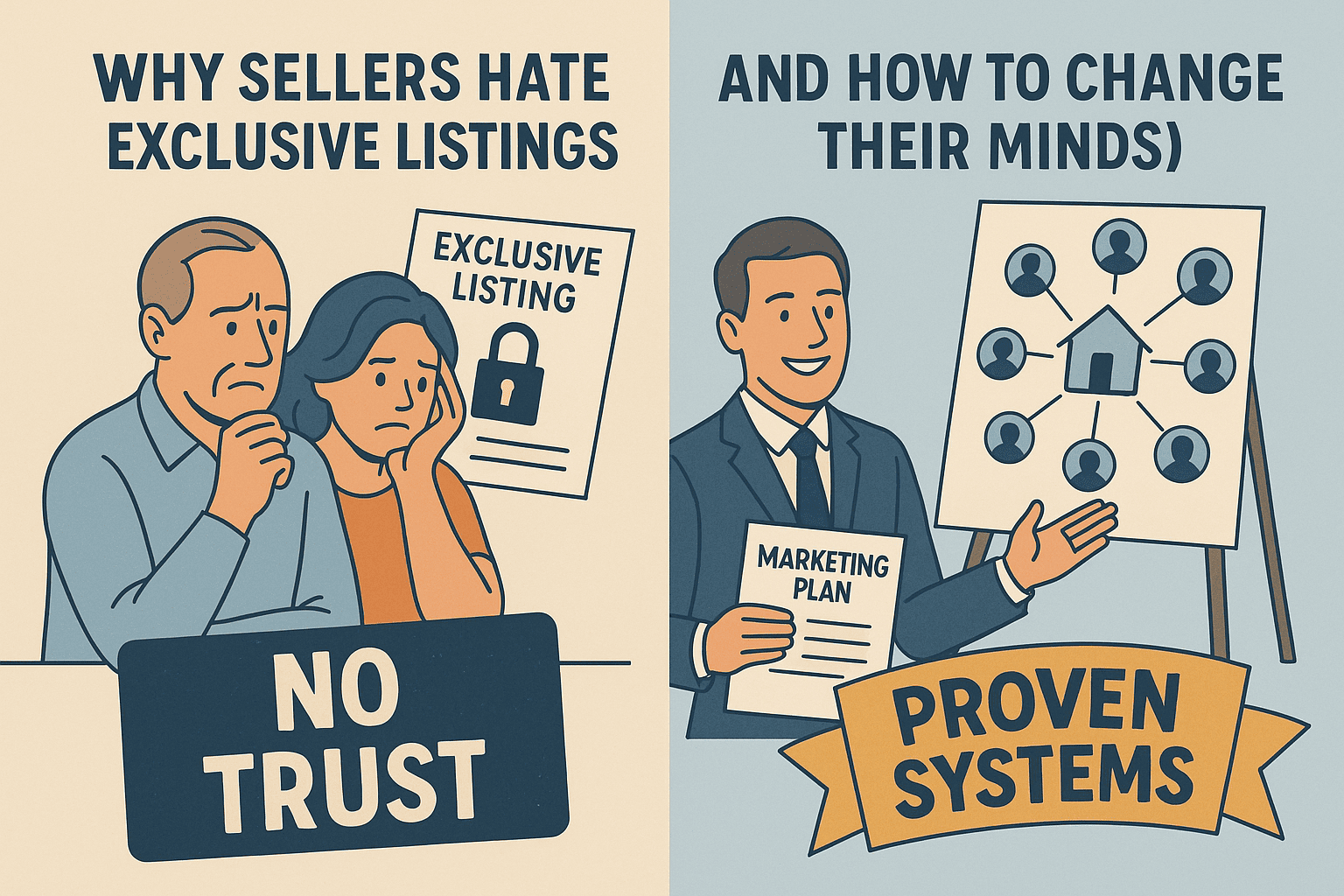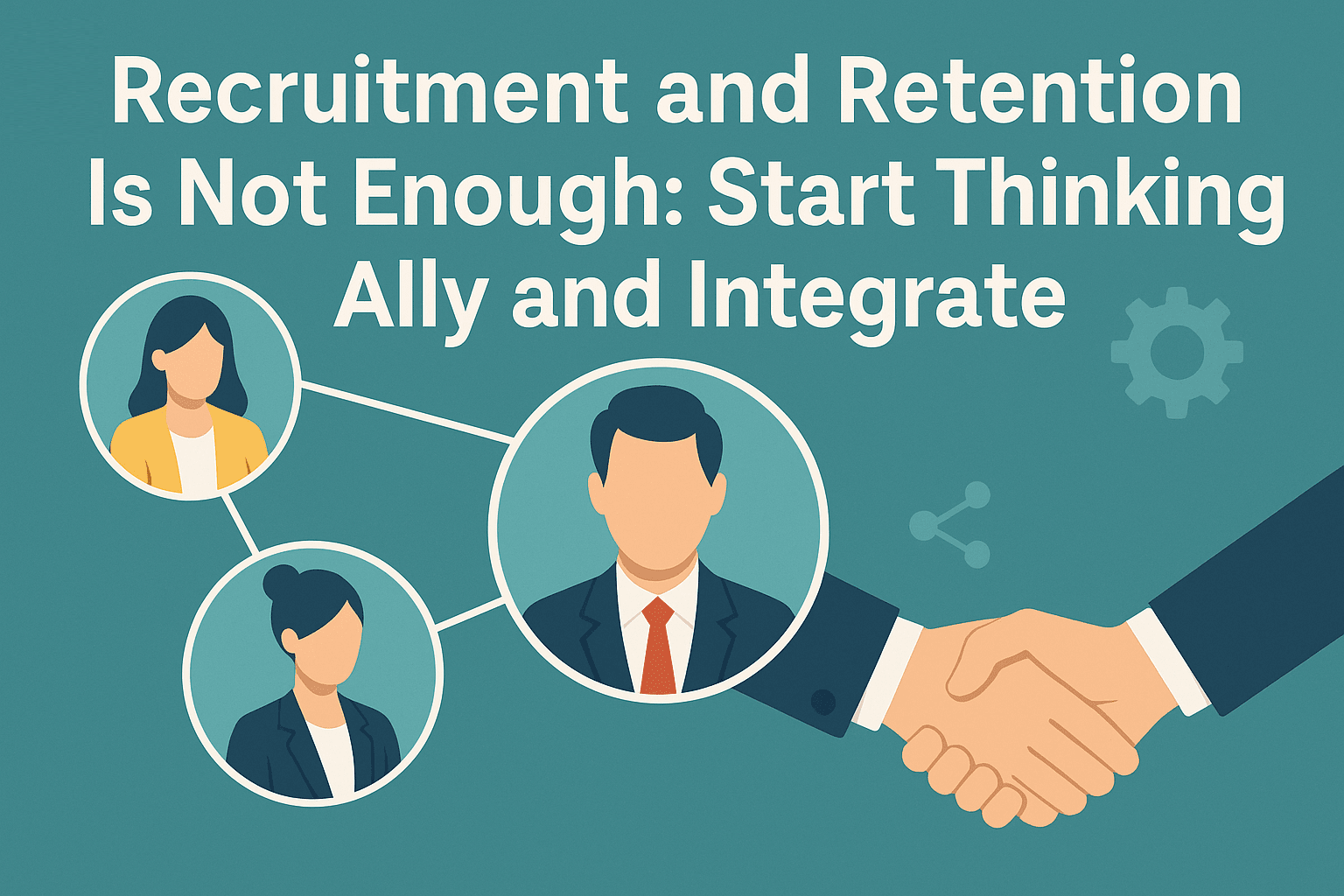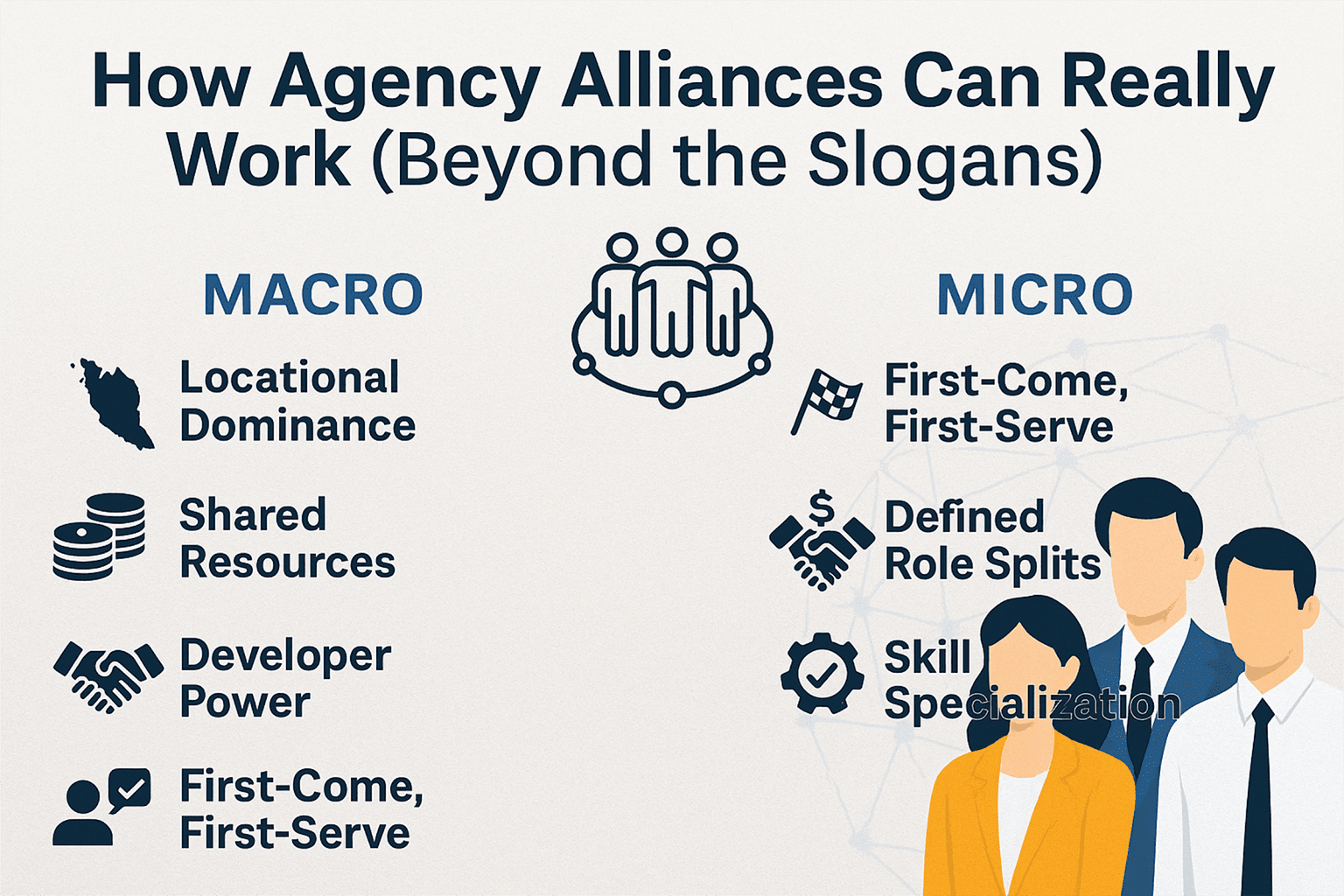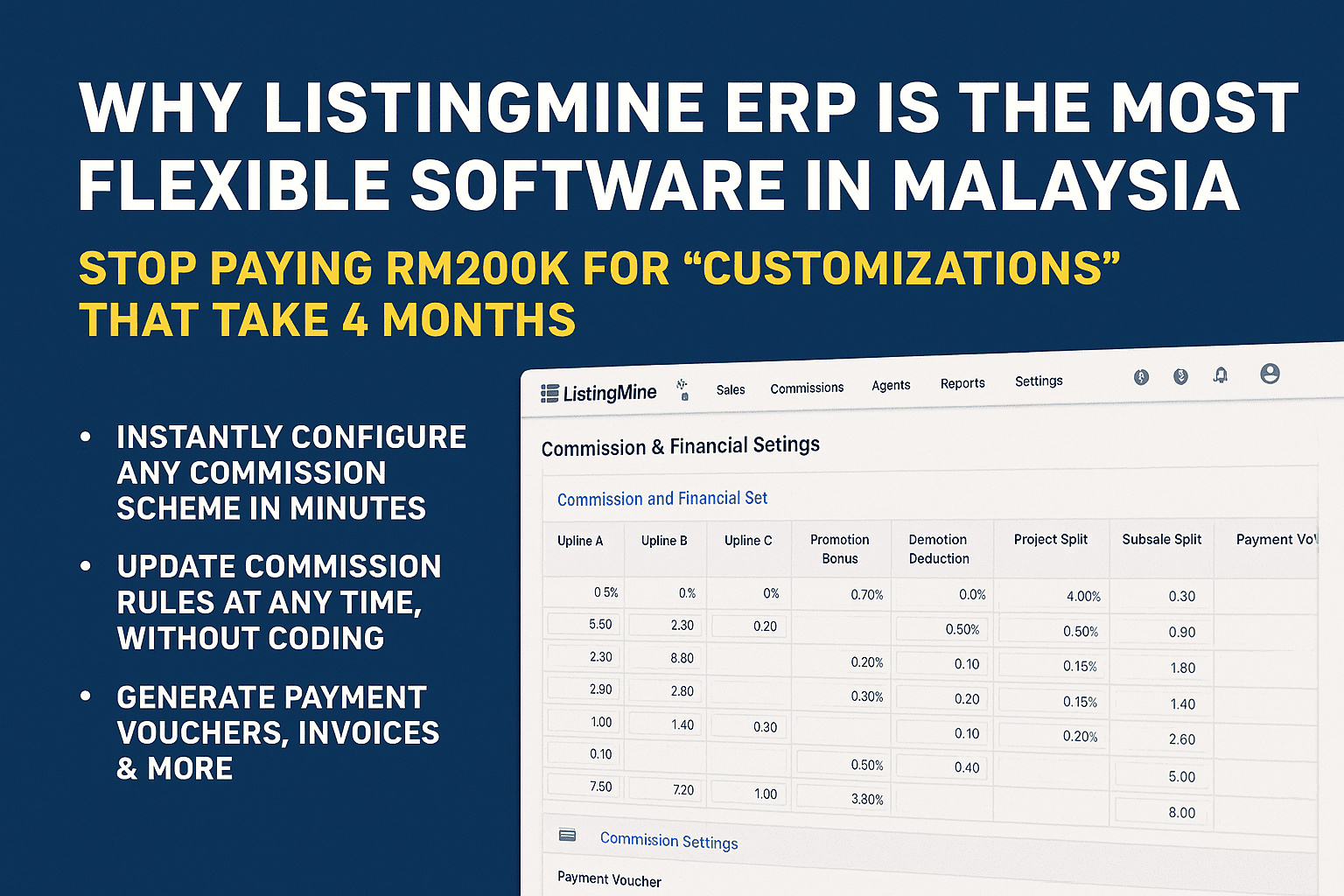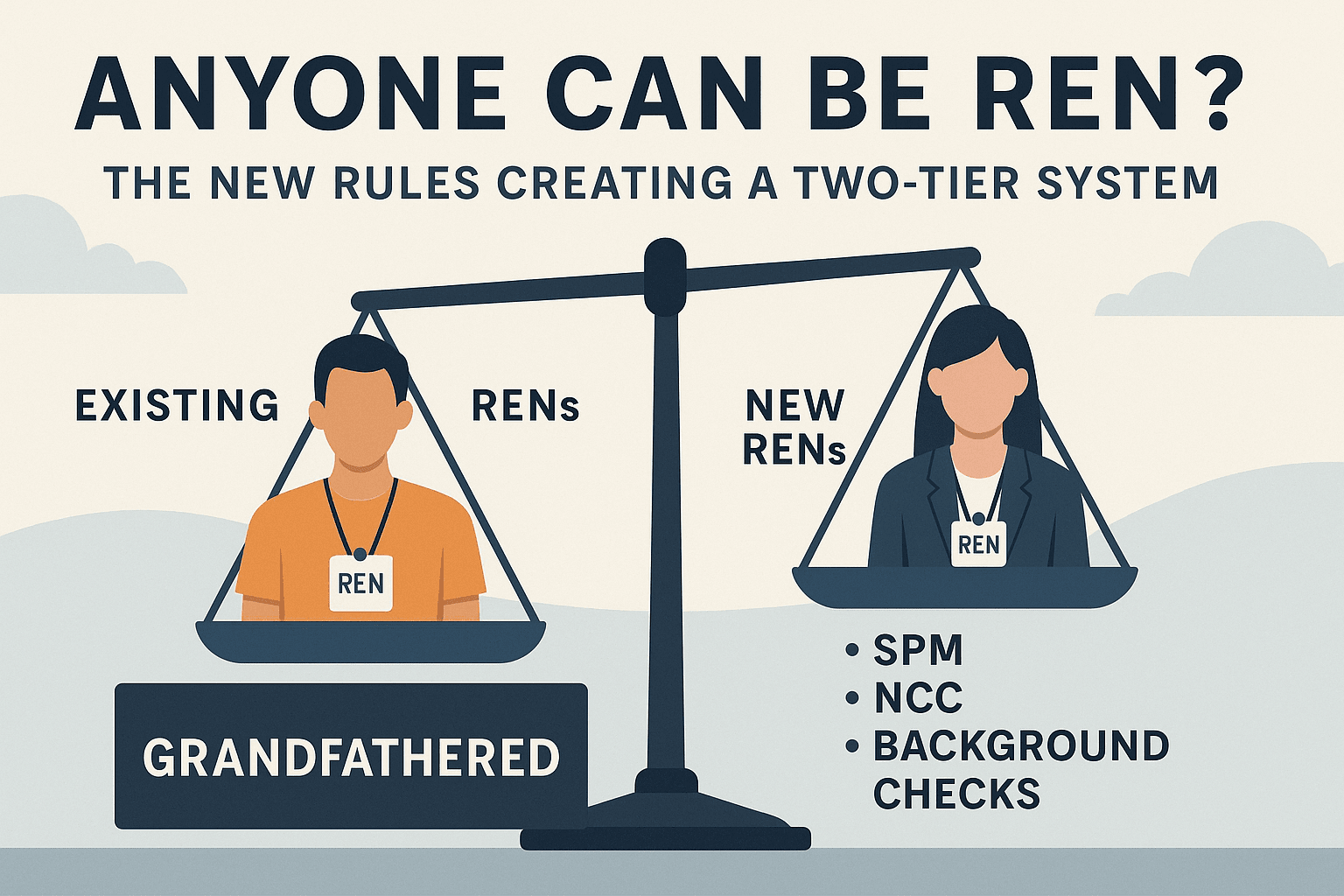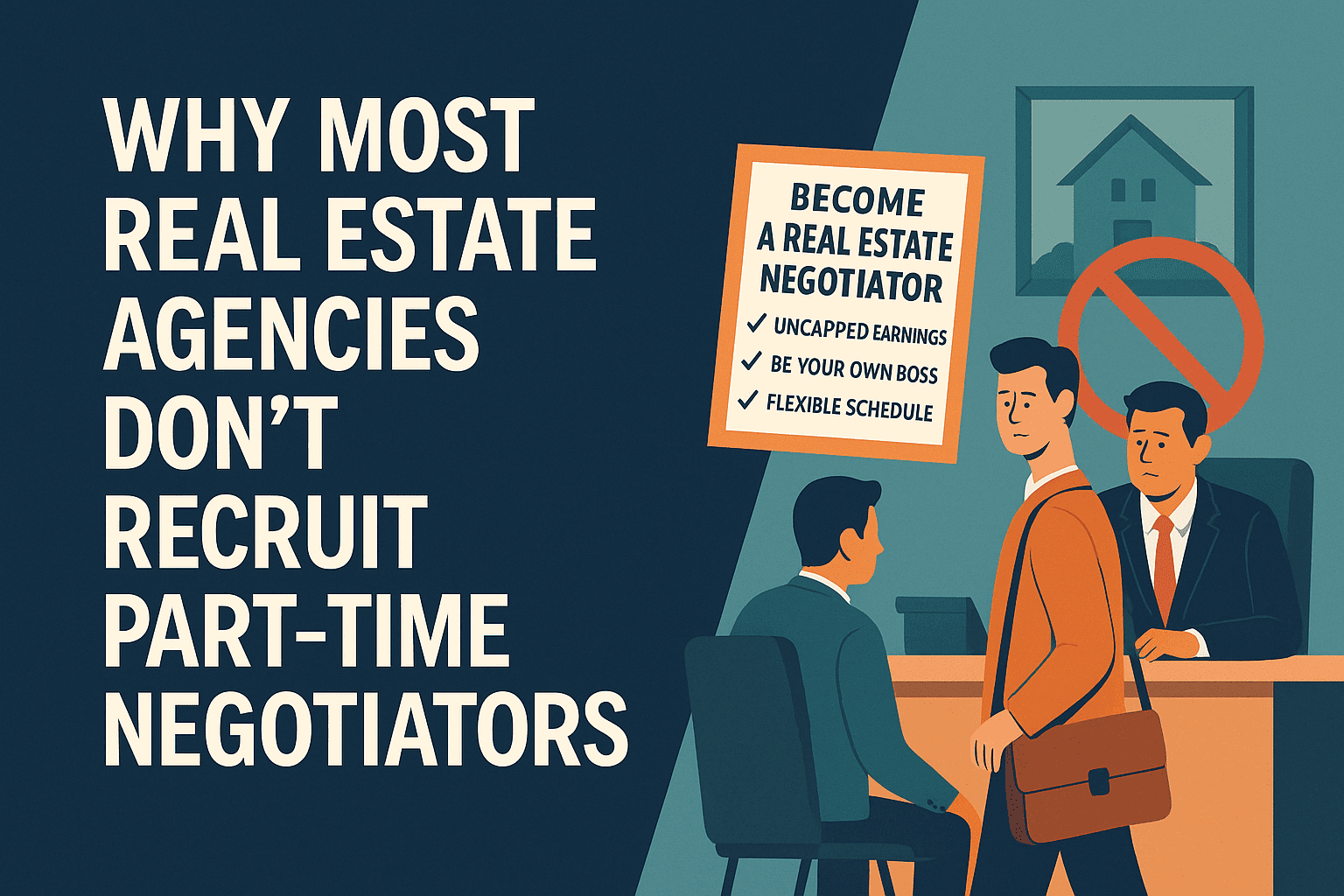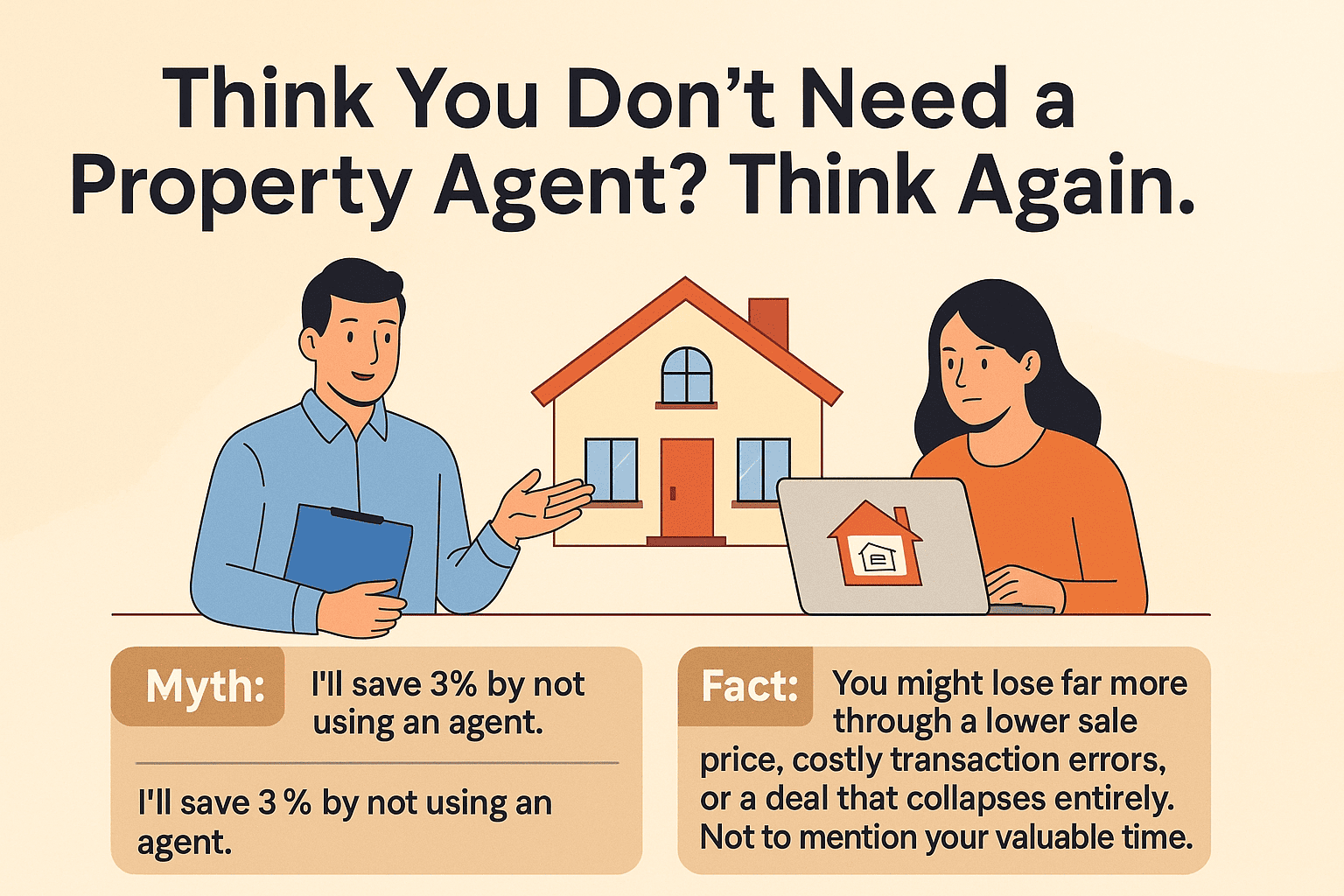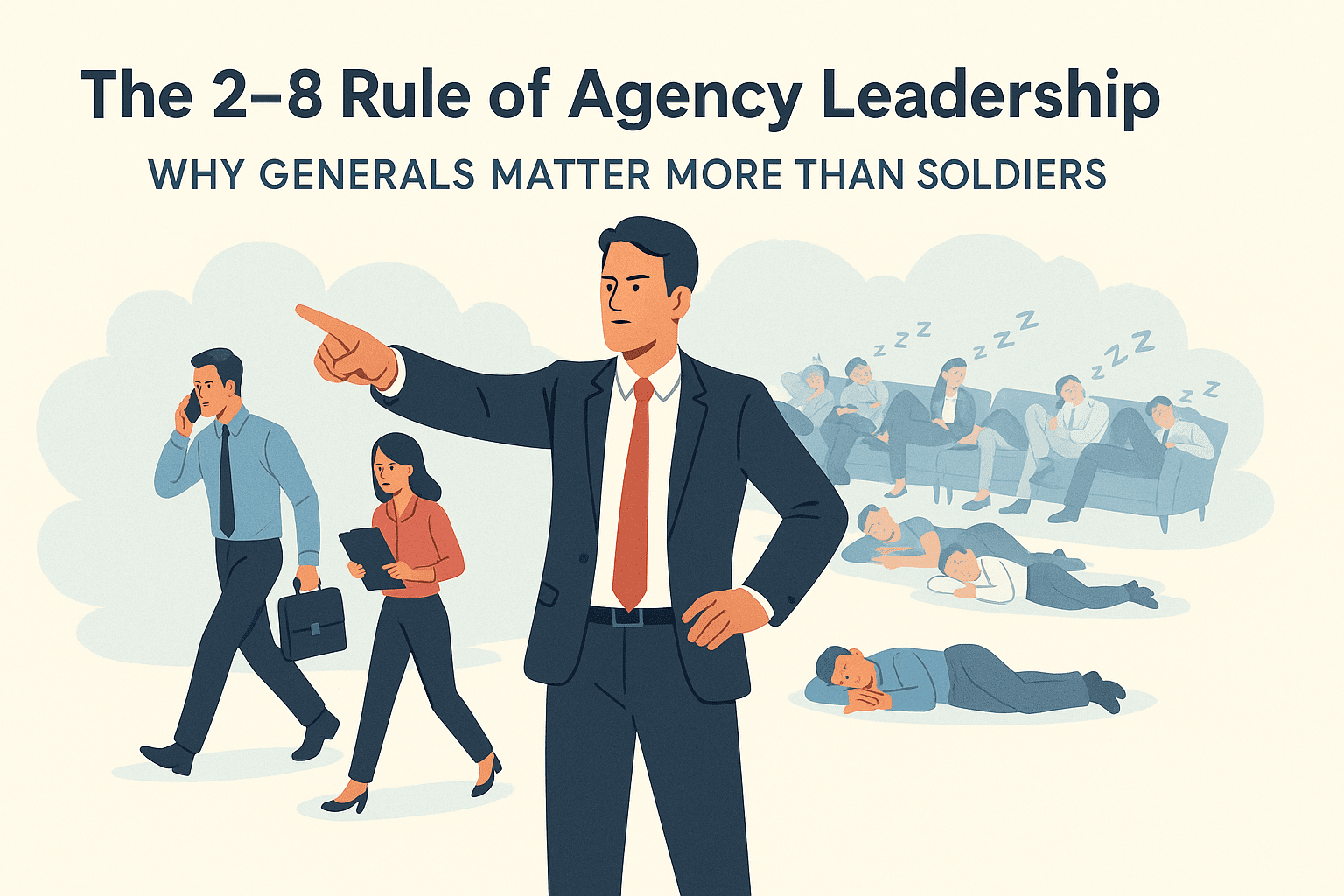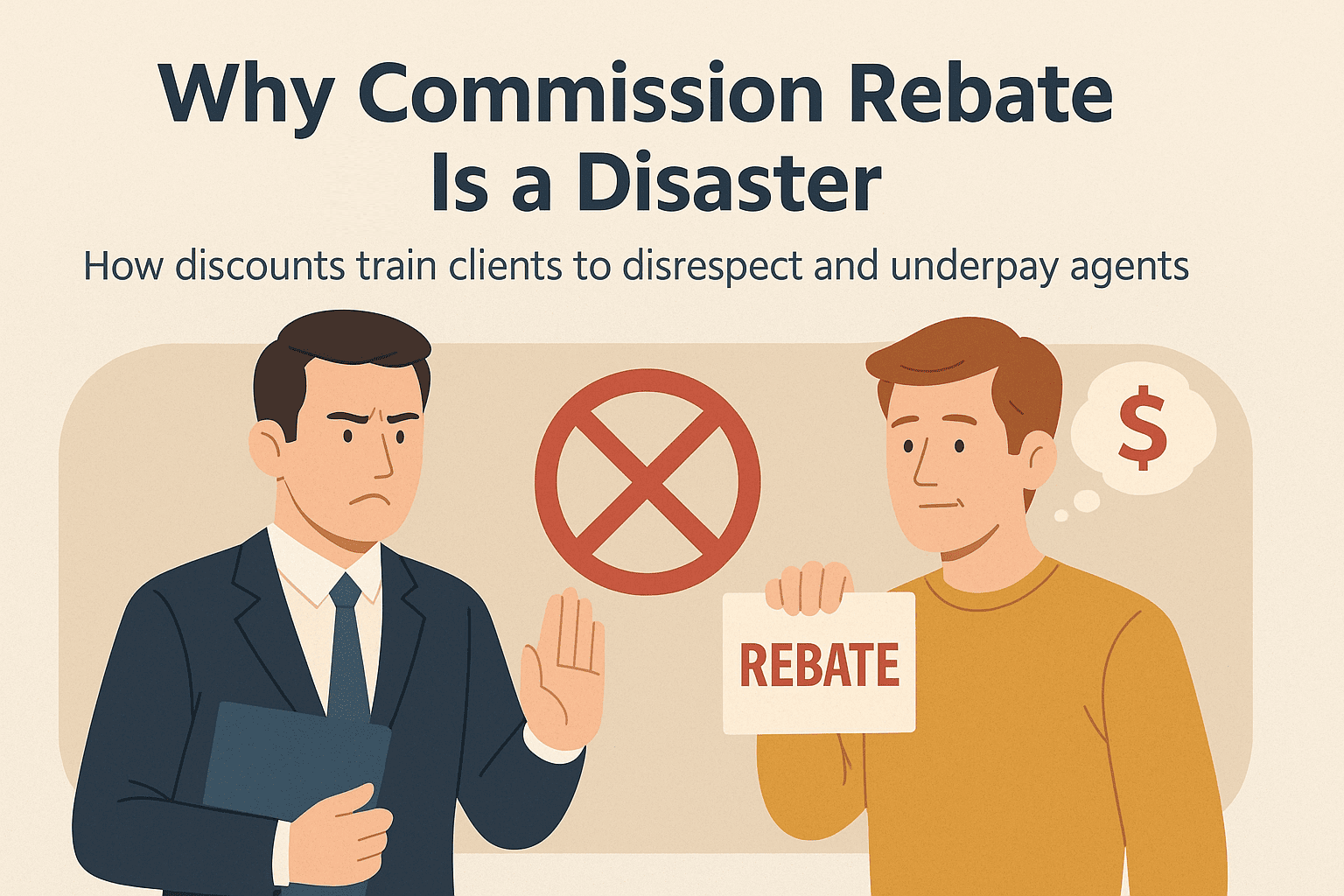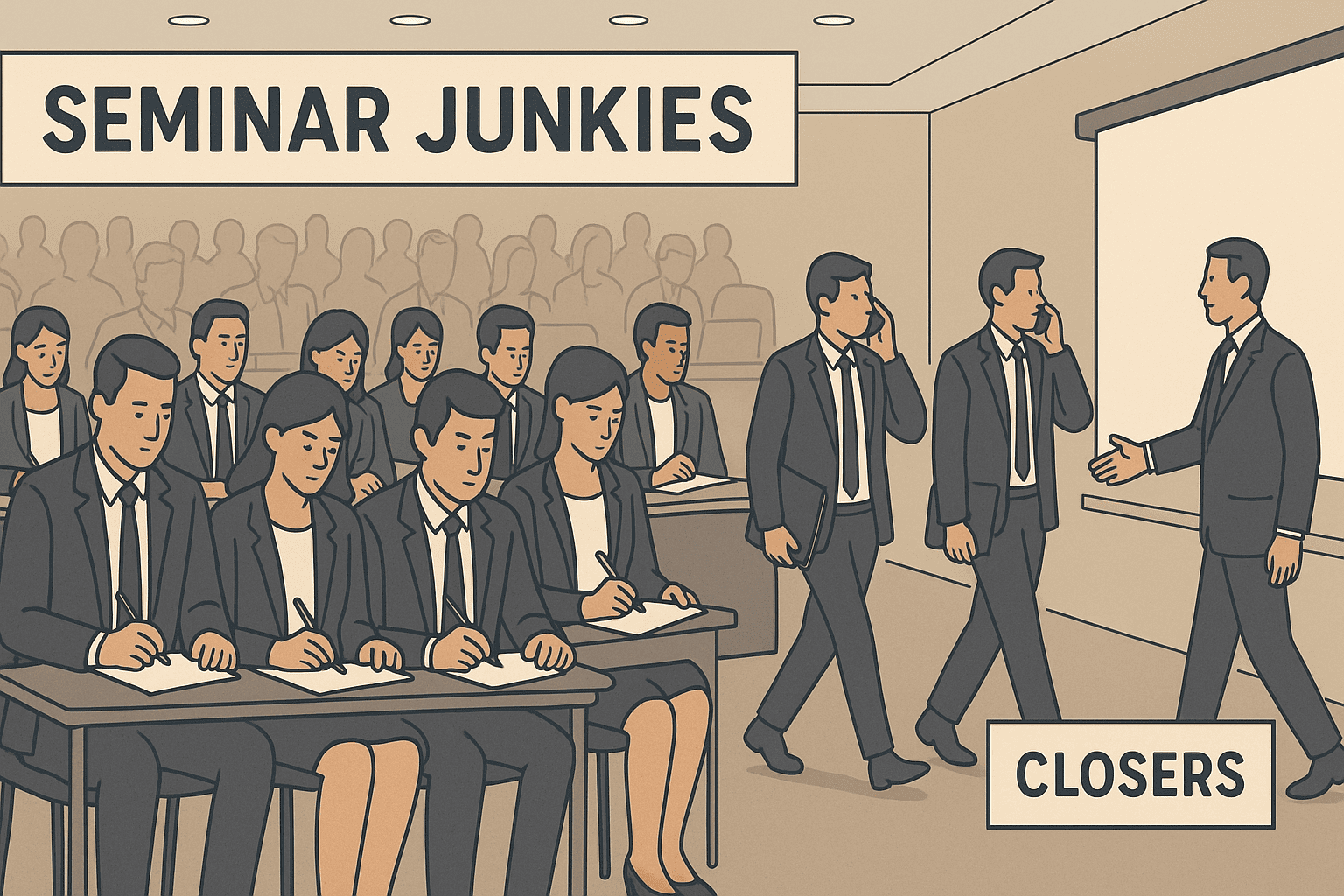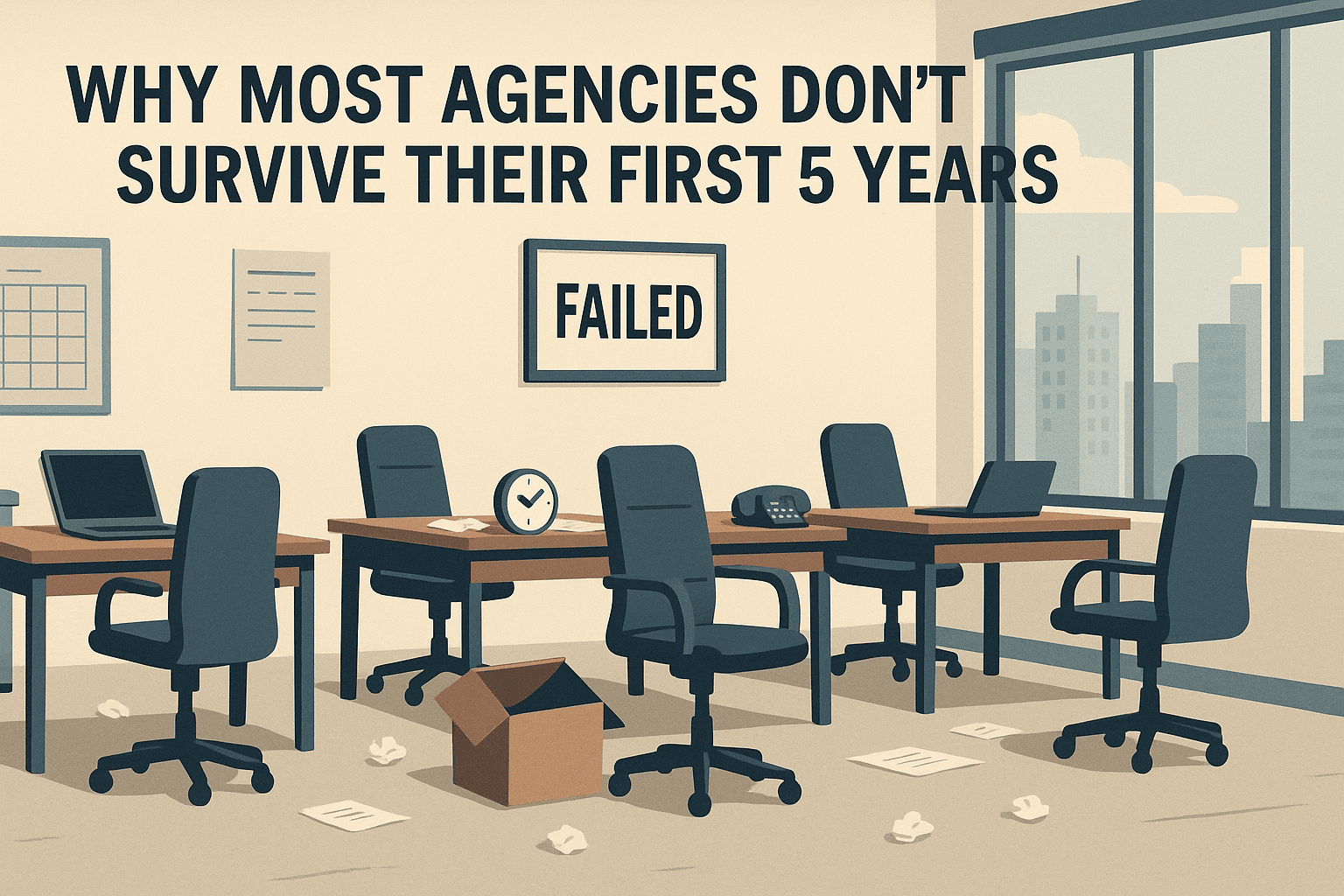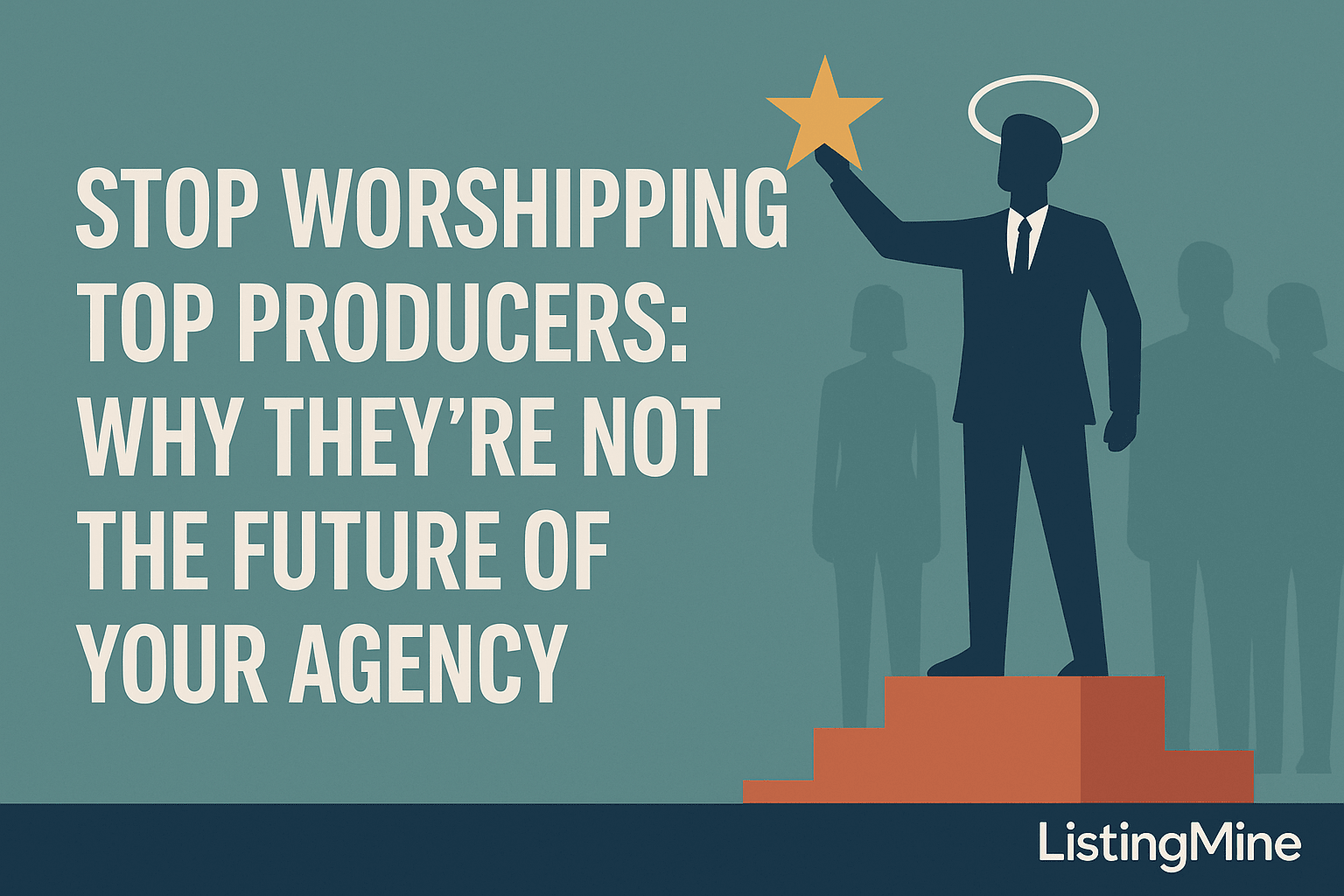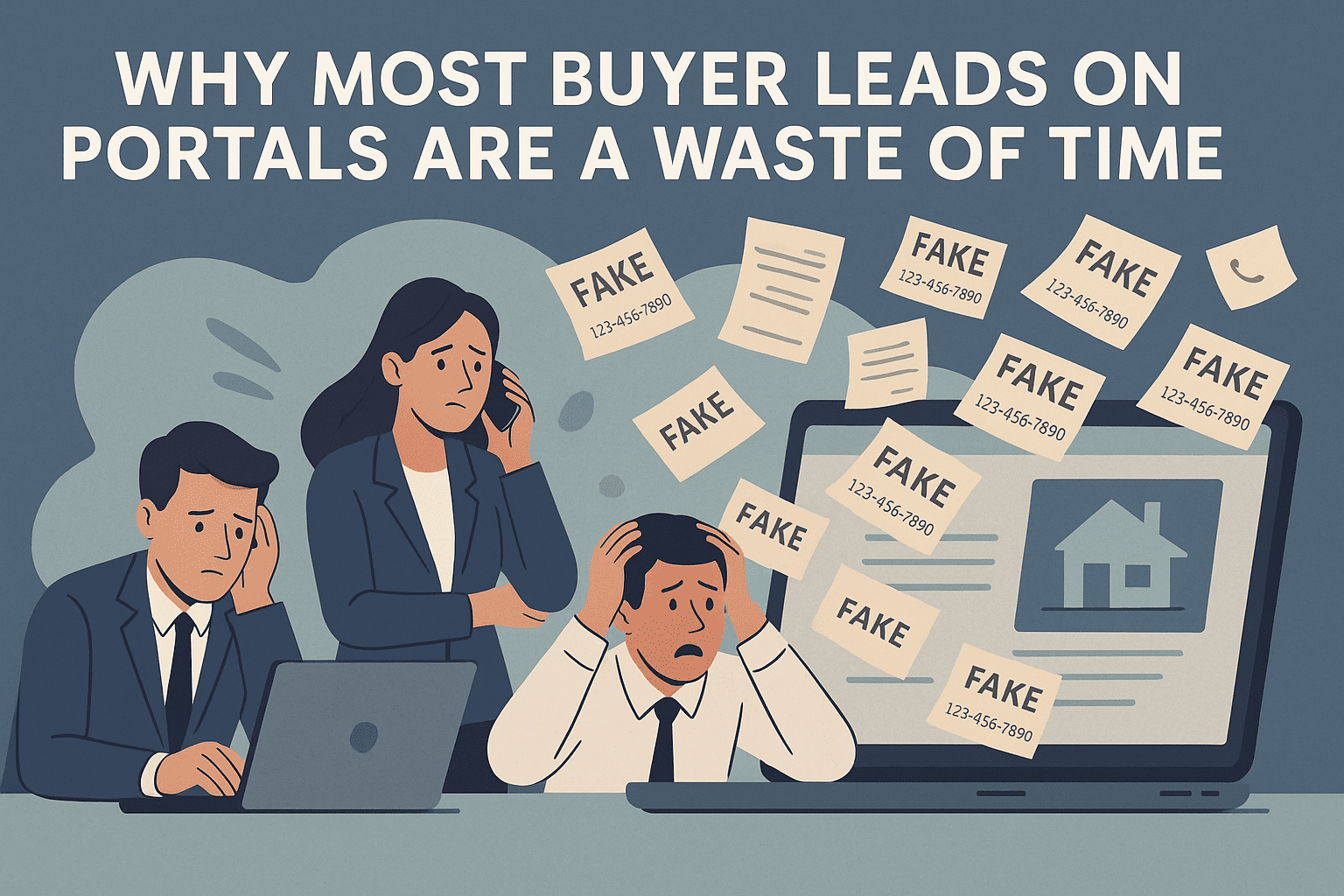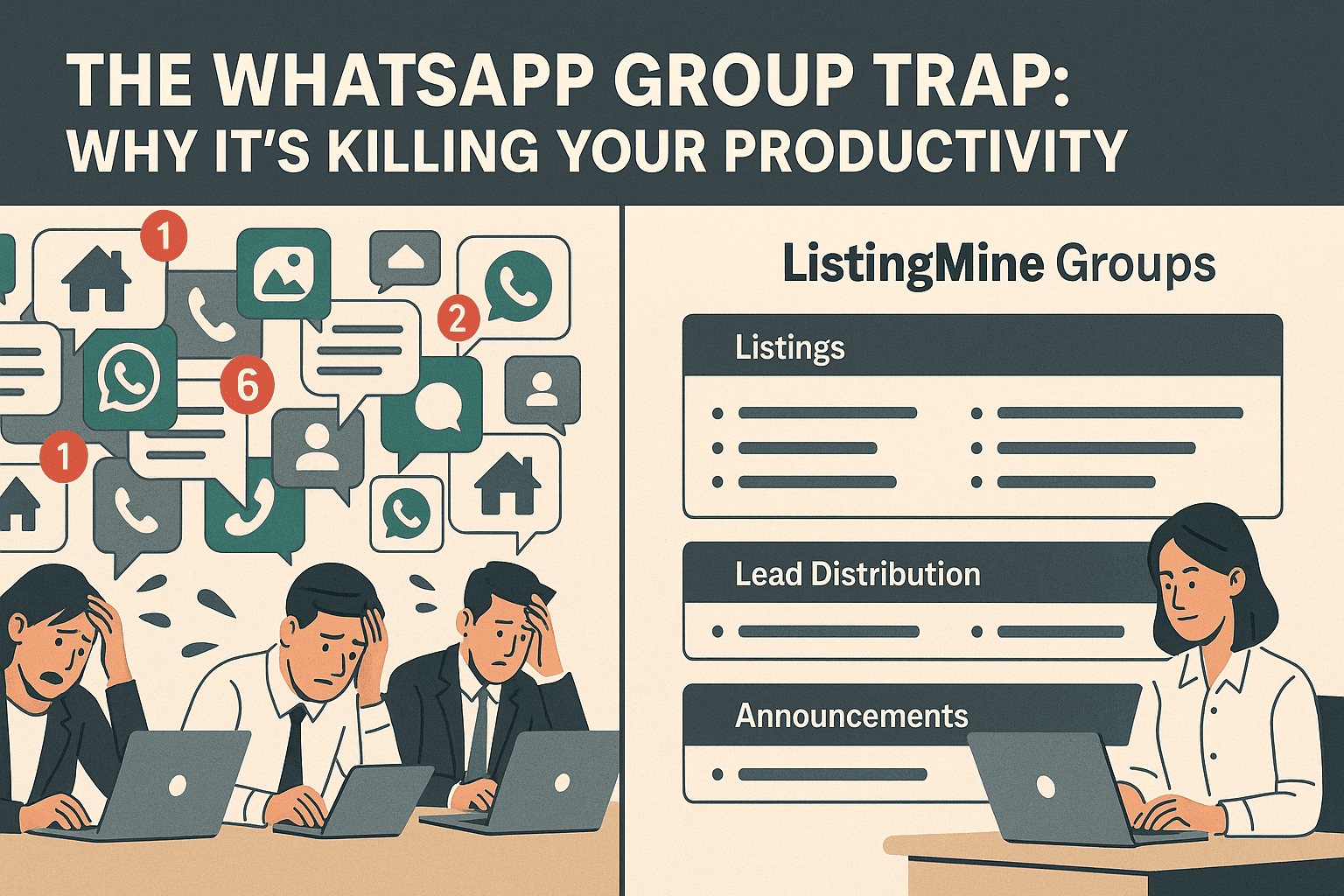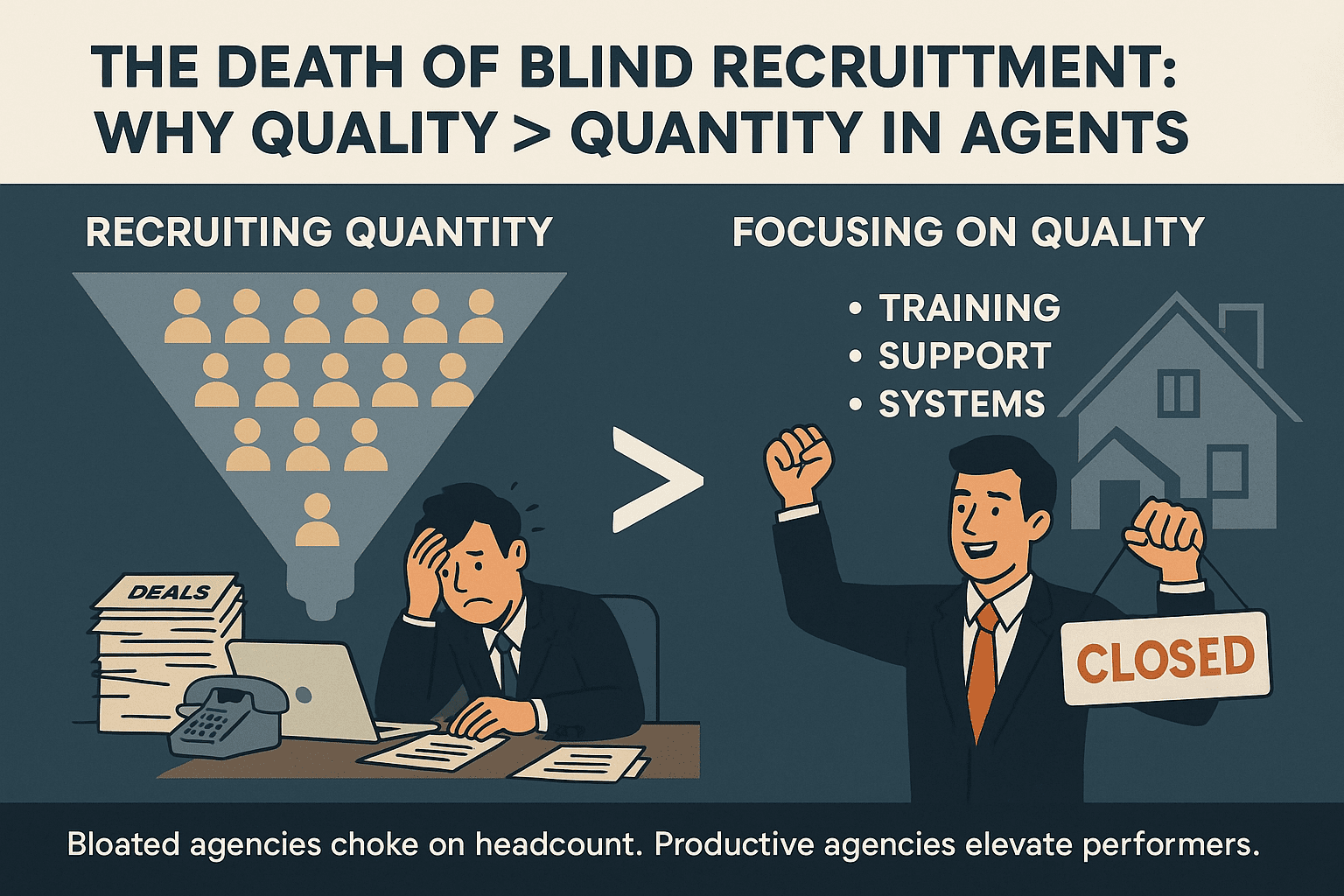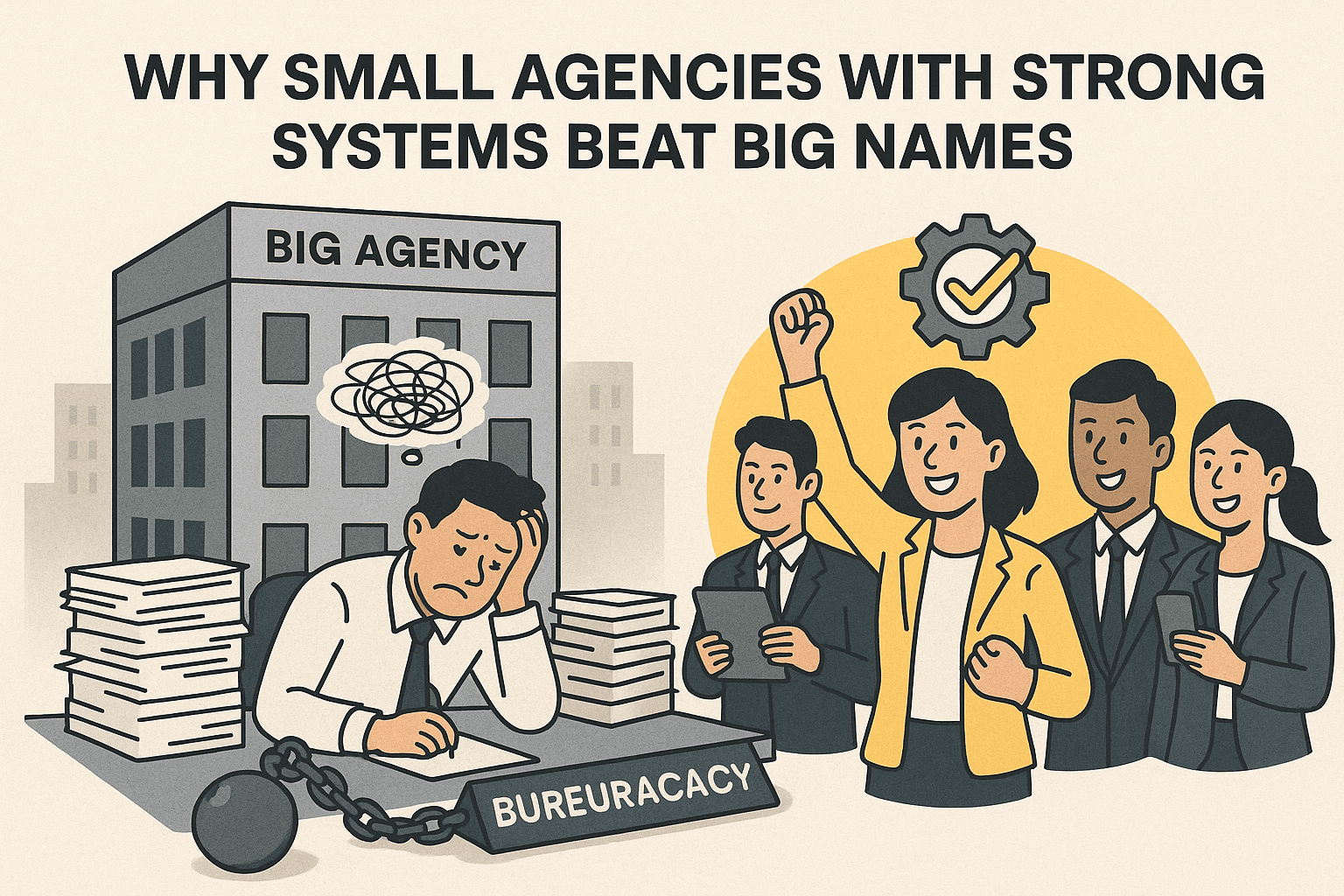When Agents Resign: The Hidden Profit Opportunity Most Agency Bosses Overlook
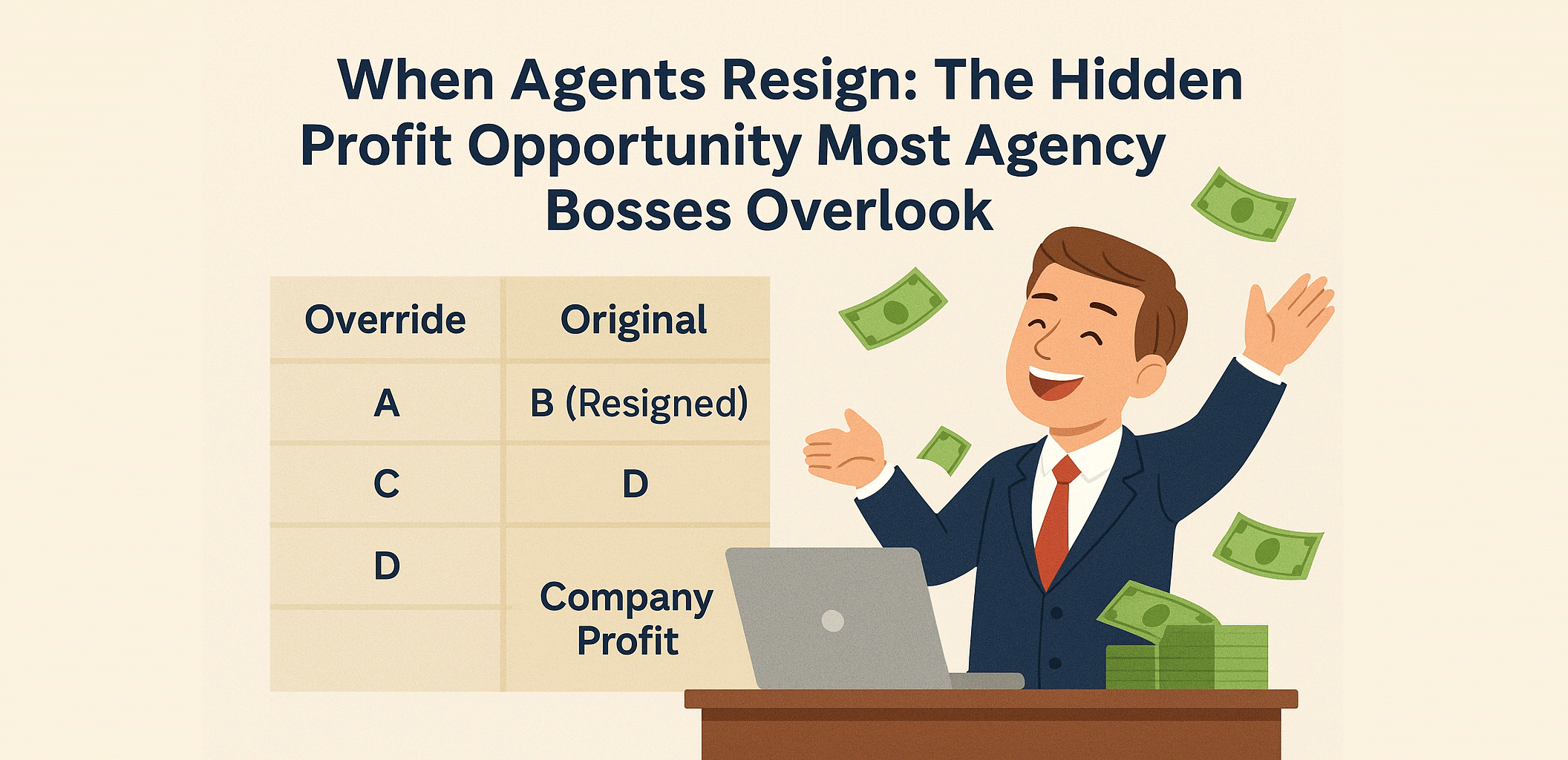
In Malaysia’s real estate industry, agent churn is not an exception — it’s the norm. Every agency boss knows it. Agents join, perform, move on, and repeat the cycle somewhere else.
But what most bosses overlook is this:
Each resignation changes your commission chain, your override structure, and potentially, your profit margin.
Handled carelessly, resignations create confusion and resentment.
Handled strategically, they can actually stabilize your system and improve agency profitability.
That’s why ListingMine ERP provides a built-in override resignation rule, giving every agency the power to define what happens automatically when someone leaves.
The Three Override Rules in ListingMine ERP
When a person in the override column resigns, the system must decide how their share is handled. There are three ways to approach it — each with very different financial outcomes.
1. Upline’s Upline (Accumulate)
The resigned person’s override is added to their upline’s upline — it accumulates upward.
| Override | 5% | 4% | 3% | 2% |
|---|---|---|---|---|
| Original | A | B (Resigned) | C | D |
| Accumulate | A | – | B + C | D |
How it works:
If B resigns, C’s portion combines with what B used to receive. The structure remains intact, but the total override above increases.
When to use:
- When you want to reward long-term uplines who hold the team together.
- When your focus is leadership retention — those who stay benefit from those who leave.
Profit impact:
The total payout remains the same, but your leadership stability improves, reducing long-term leakage.
2. Upline’s Upline (Move Position)
The entire relationship tree moves up one level, closing the gap left by the resigned person.
| Override | 5% | 4% | 3% | 2% |
|---|---|---|---|---|
| Original | A | B (Resigned) | C | D |
| Move Position | A | C | D | – |
How it works:
Everyone shifts up.
The last tier (2%) has no replacement — that portion returns to company profit.
When to use:
- When your agency runs on performance and accountability, not seniority.
- When you want to retain efficiency and slowly convert unused overrides into agency margin.
Profit impact:
The system becomes self-cleaning — every resignation recycles part of the override back into agency profit without lowering motivation at the active levels.
3. No Upline
Once someone resigns, their override disappears completely — no one inherits it.
| Override | 5% | 4% | 3% | 2% |
|---|---|---|---|---|
| Original | A | B (Resigned) | C | D |
| No Upline | A | – | C | D |
How it works:
The resigned portion is not reassigned.
The chain continues as-is, but that missing override simply remains undistributed.
When to use:
- When your agency wants strict control and no entitlement inflation.
- When the focus is profit retention and financial discipline.
Profit impact:
The agency immediately retains the full resigned portion as profit, while keeping the system simple.
Which Rule Should You Choose?
There’s no universal “right” answer — it depends on your business philosophy.
| Objective | Recommended Setting |
|---|---|
| Build leadership loyalty | Accumulate |
| Maintain fair progression | Move Position |
| Maximize profit retention | No Upline |
But what’s important is this: you choose it consciously, not emotionally. In most agencies, override logic is handled reactively — someone resigns, and people start negotiating who should get what.
ListingMine ERP eliminates this uncertainty by automating your chosen policy, ensuring fairness, consistency, and full transparency.
The Bigger Picture: Every Resignation Is a Profit or Loss Event
With Malaysia’s agent turnover rate averaging 30% to 50% a year, your override logic will trigger often. If your ERP is designed to capture and reroute that flow properly, it can turn a chaotic churn cycle into a controlled financial system — one where the agency always benefits, no matter who comes or goes.
Closing Thought
Agents will always resign. But smart agency bosses don’t see that as a loss — they see it as a structural opportunity.
With the right resignation rule in place, every departure strengthens your system instead of weakening it.
ListingMine ERP doesn’t just record commissions — it lets you design how your agency profits from change.

